
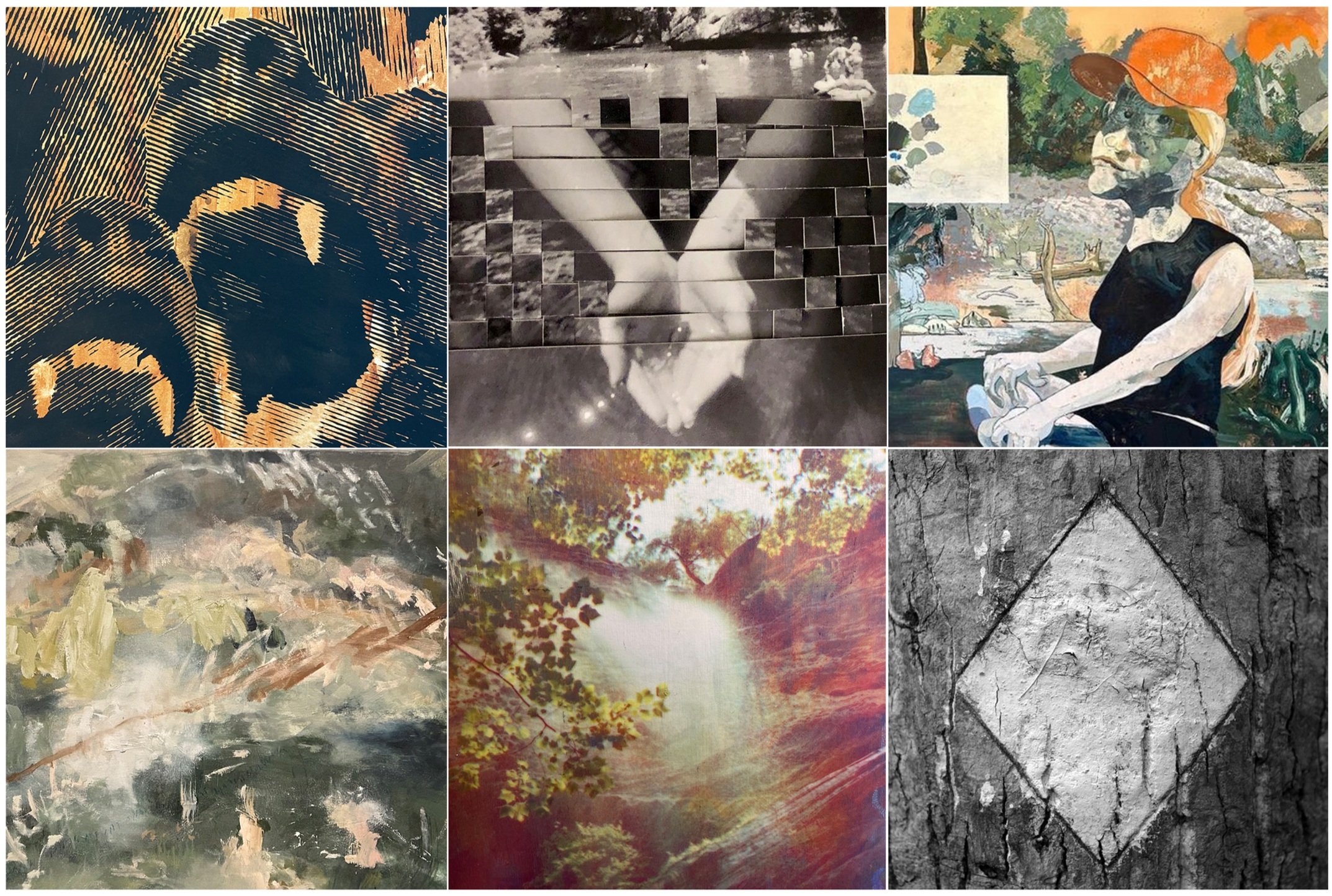
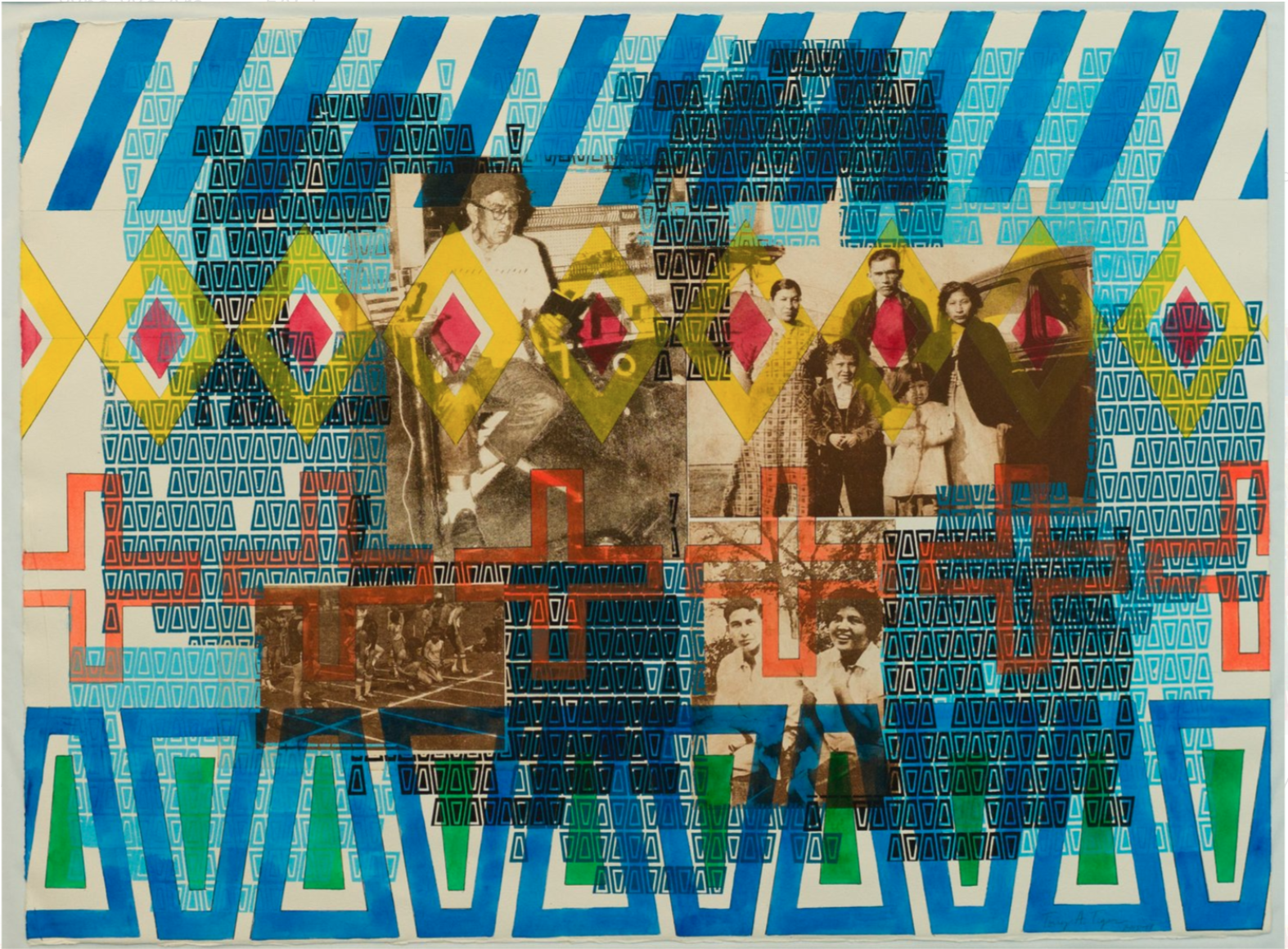

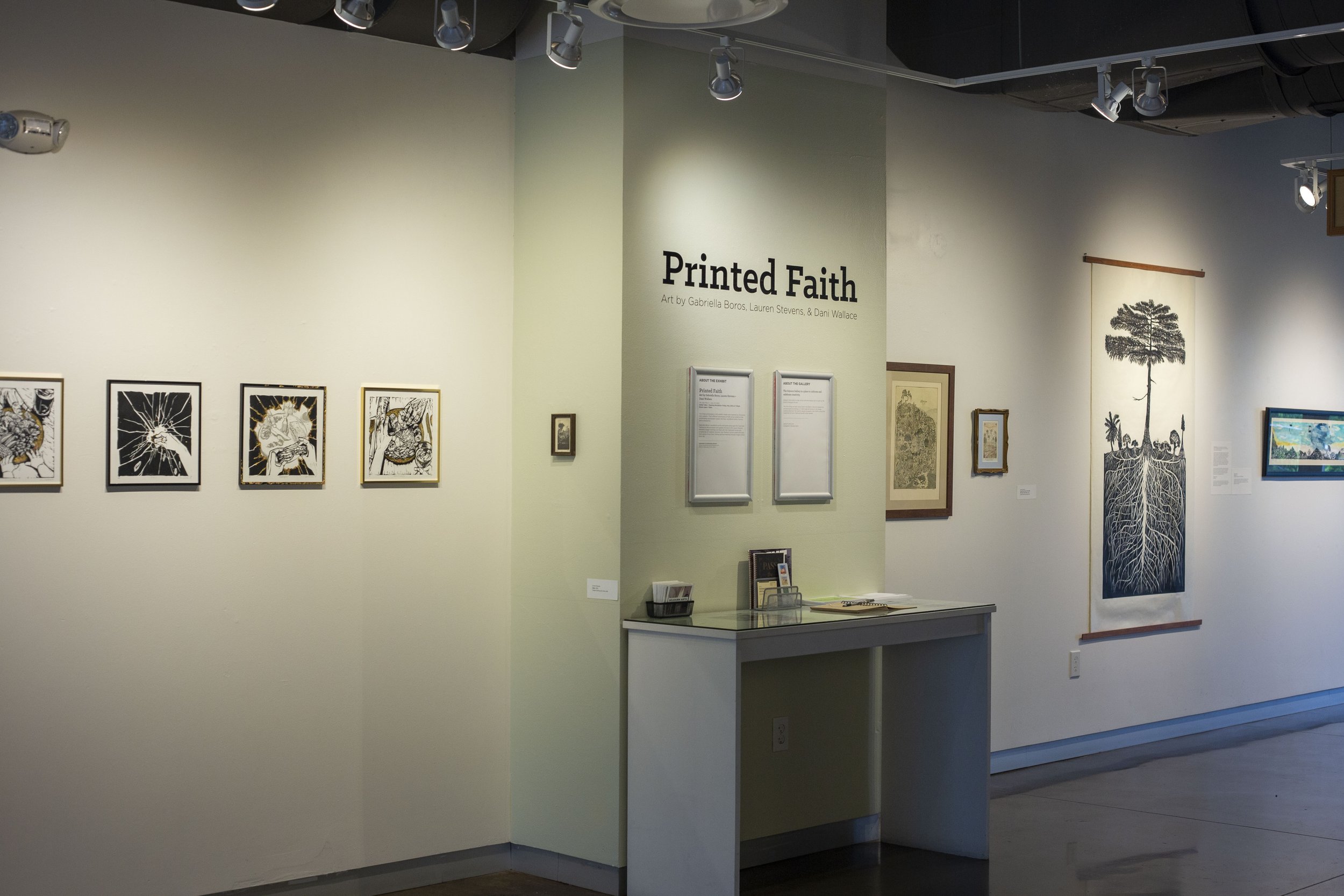
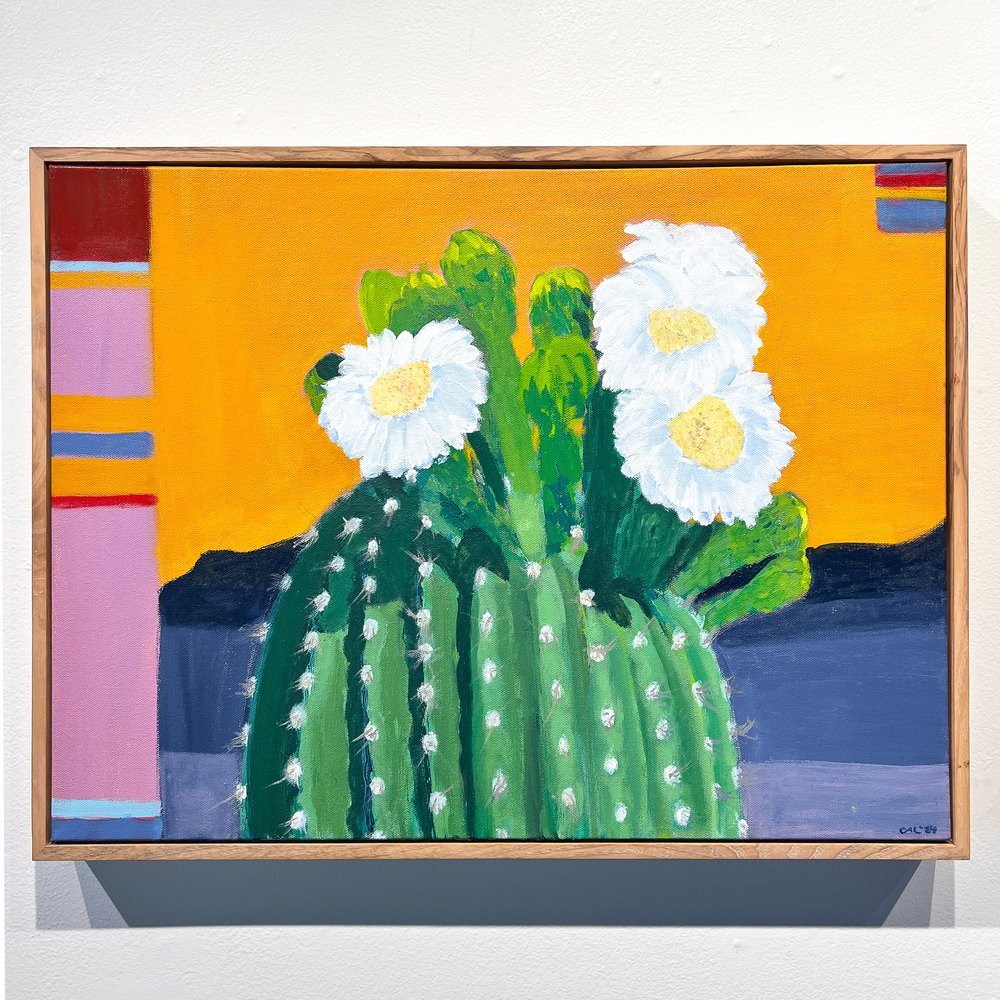
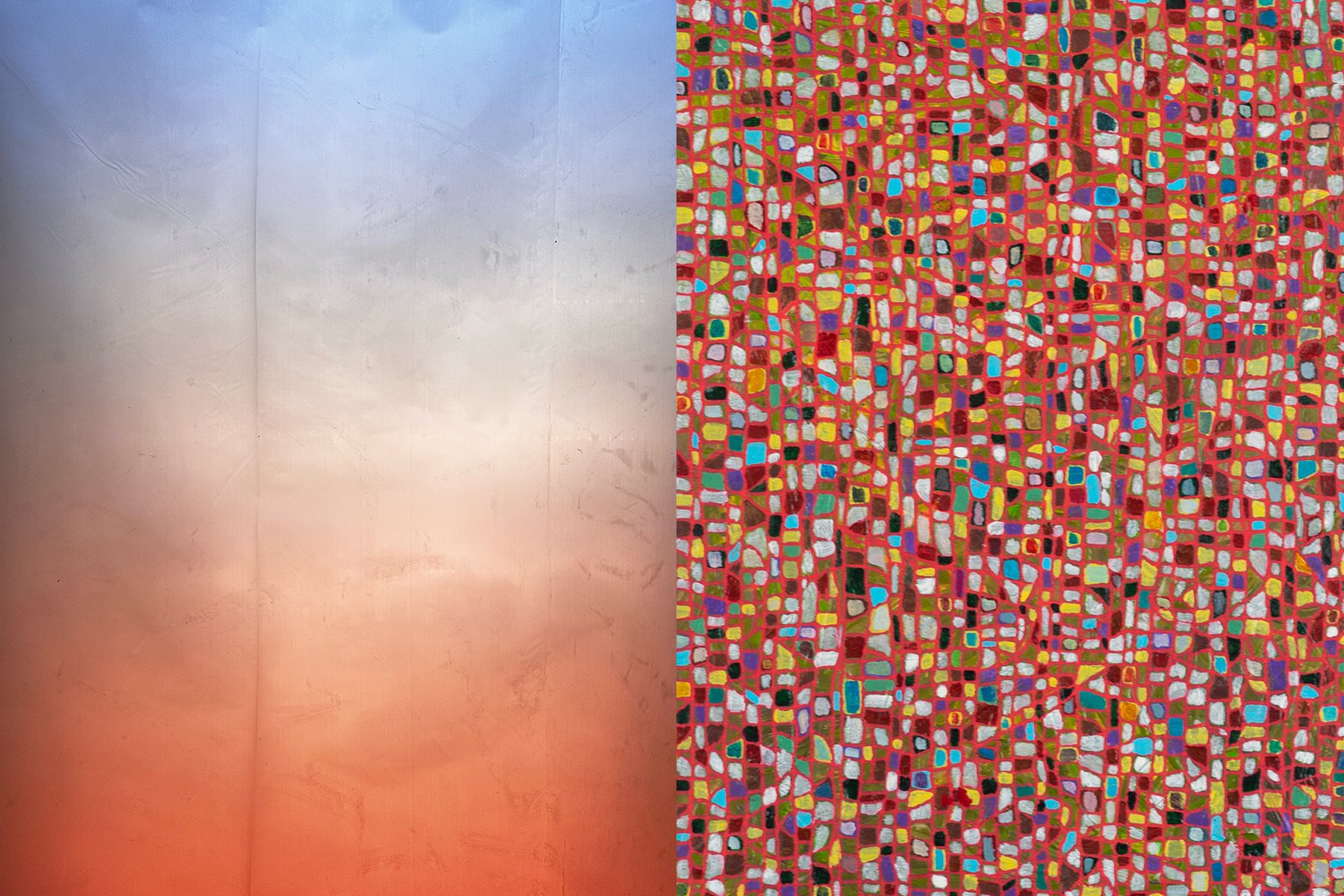
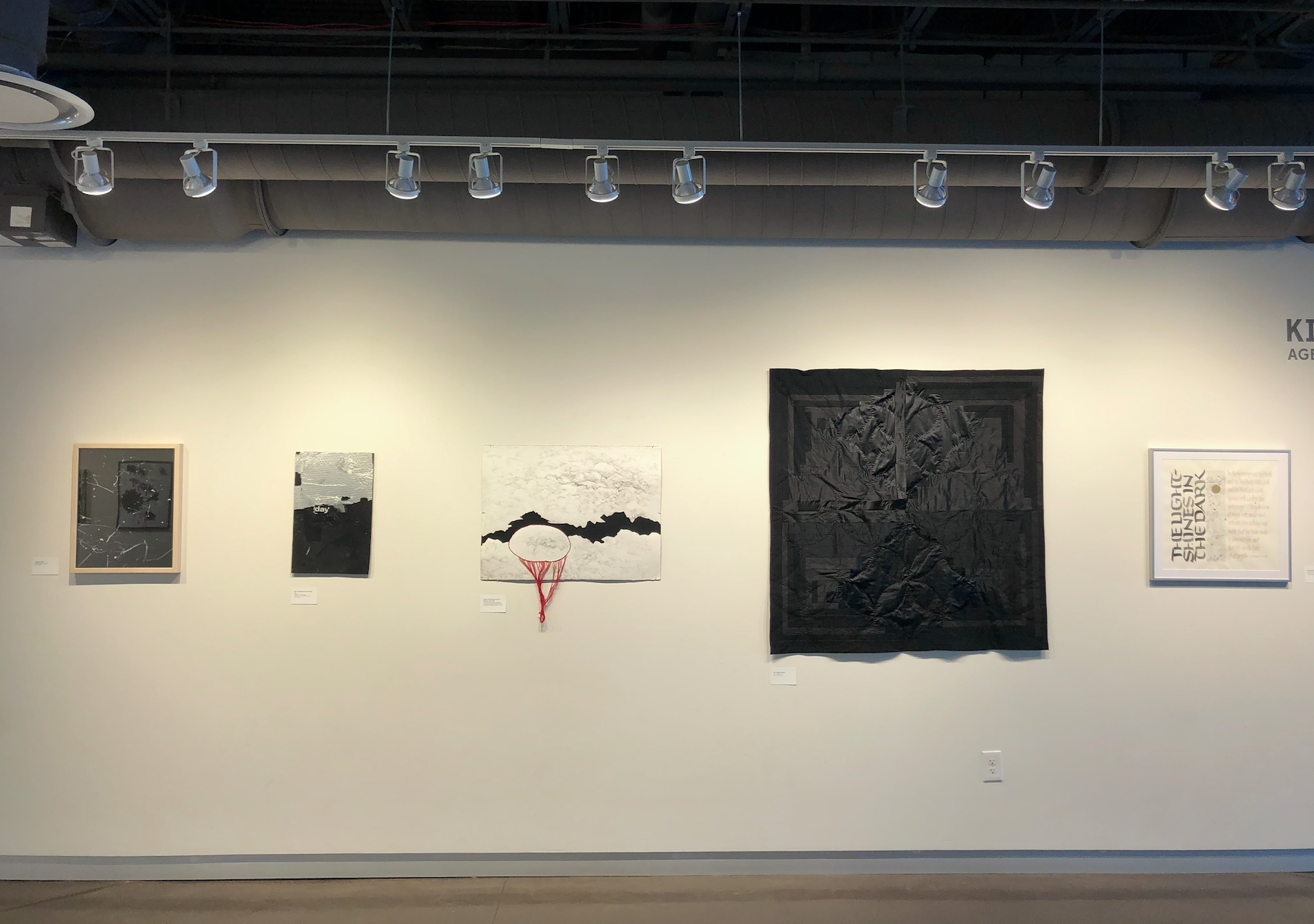

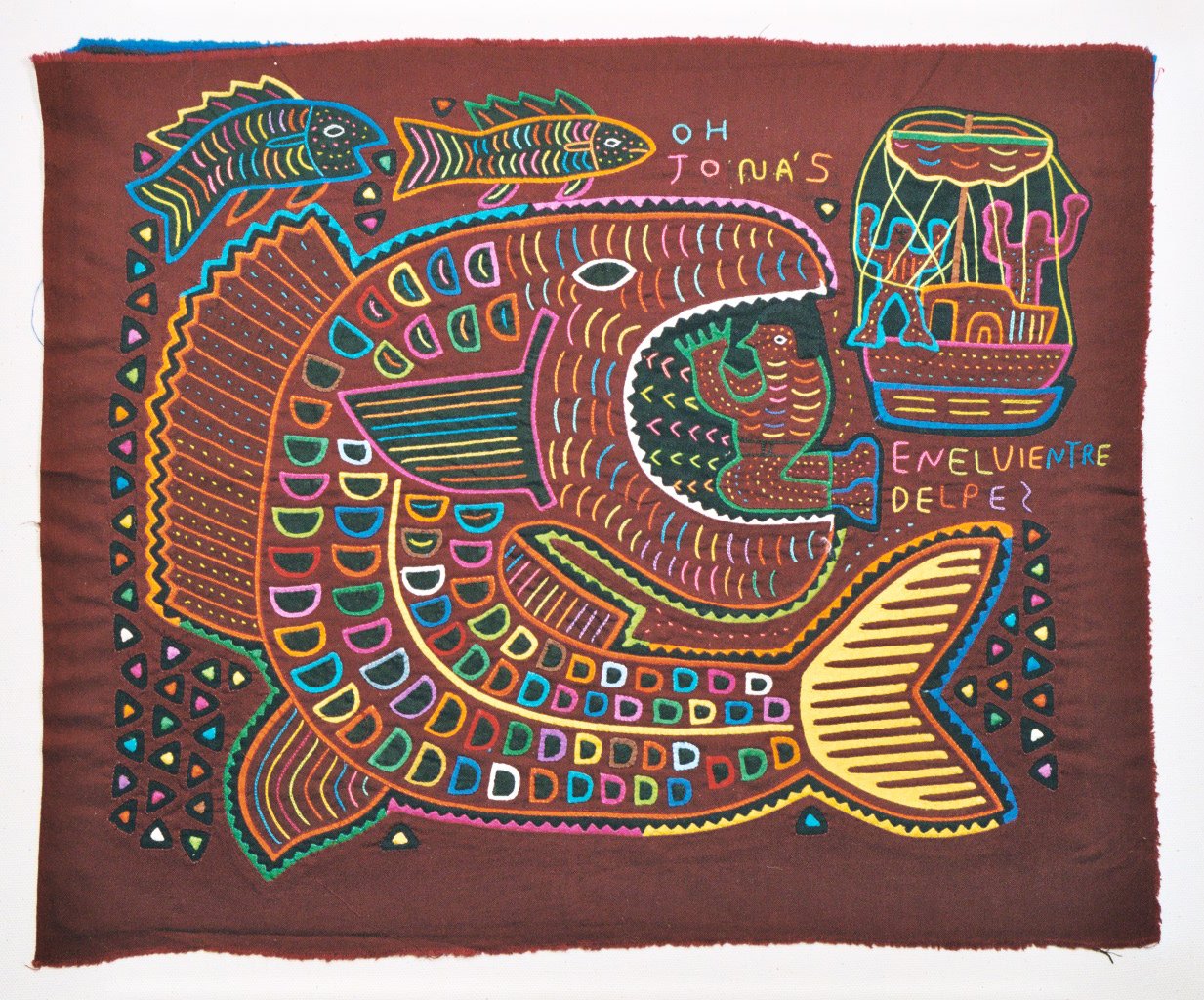
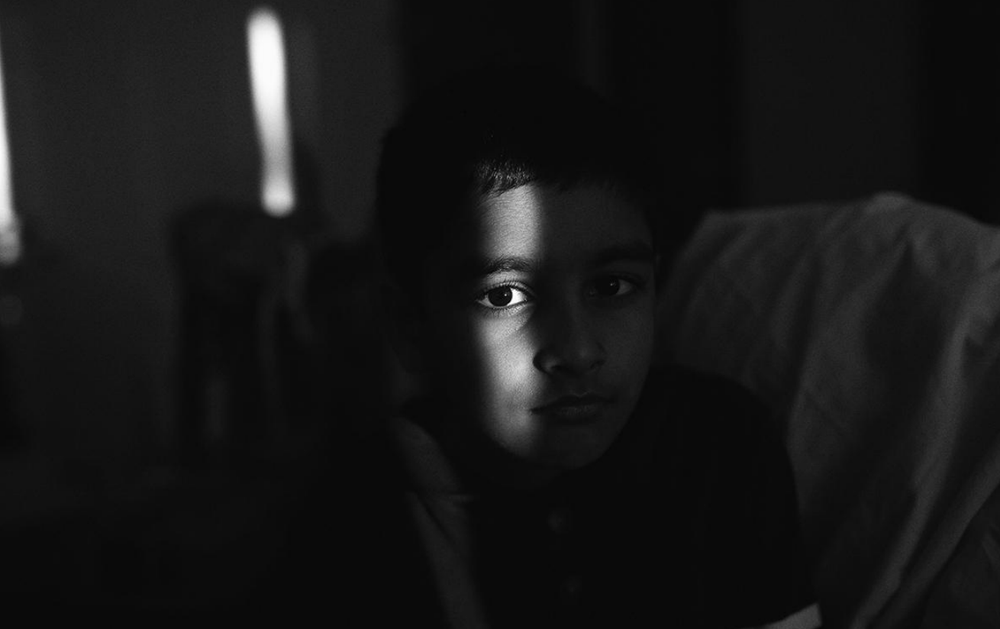

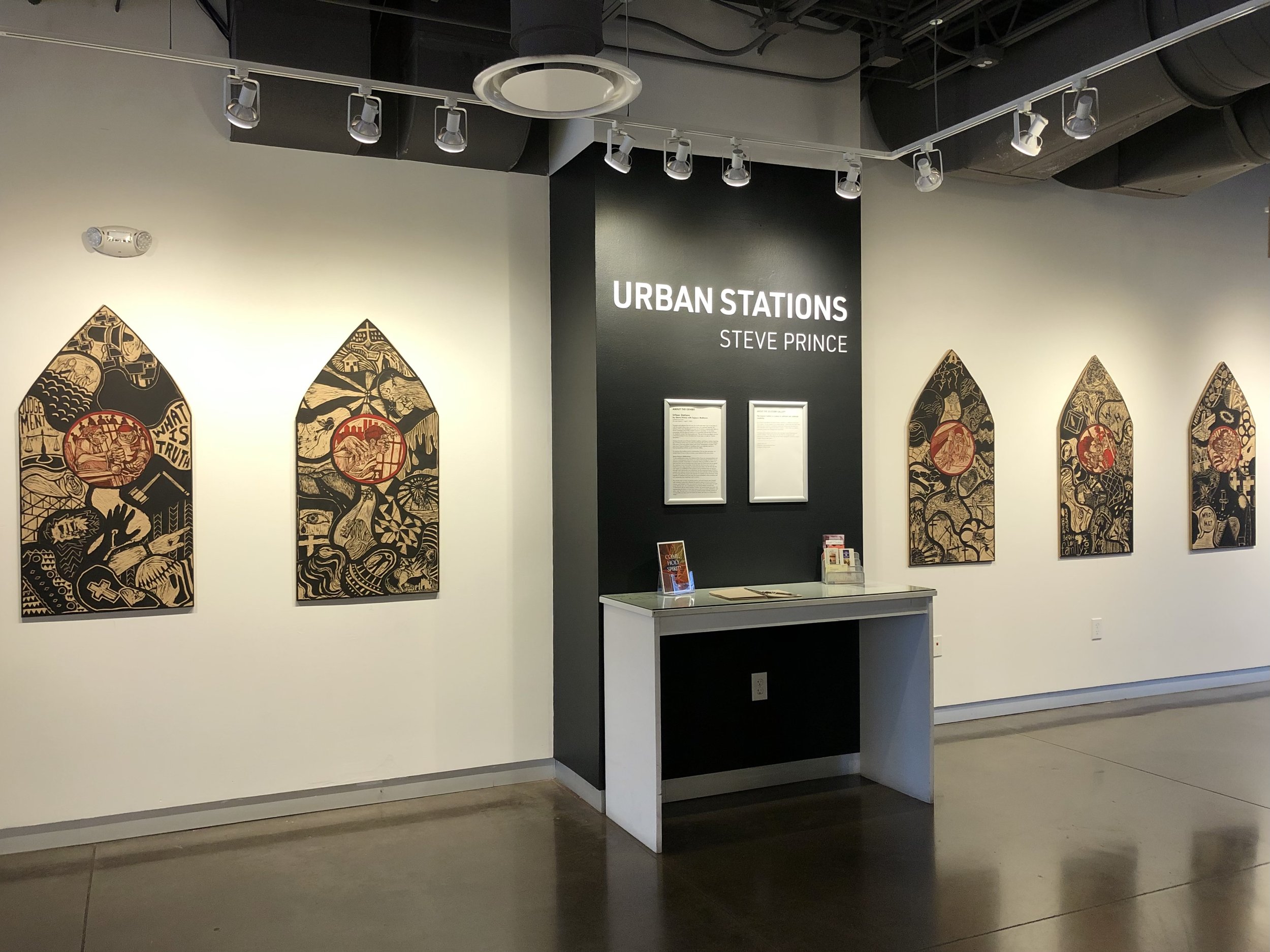
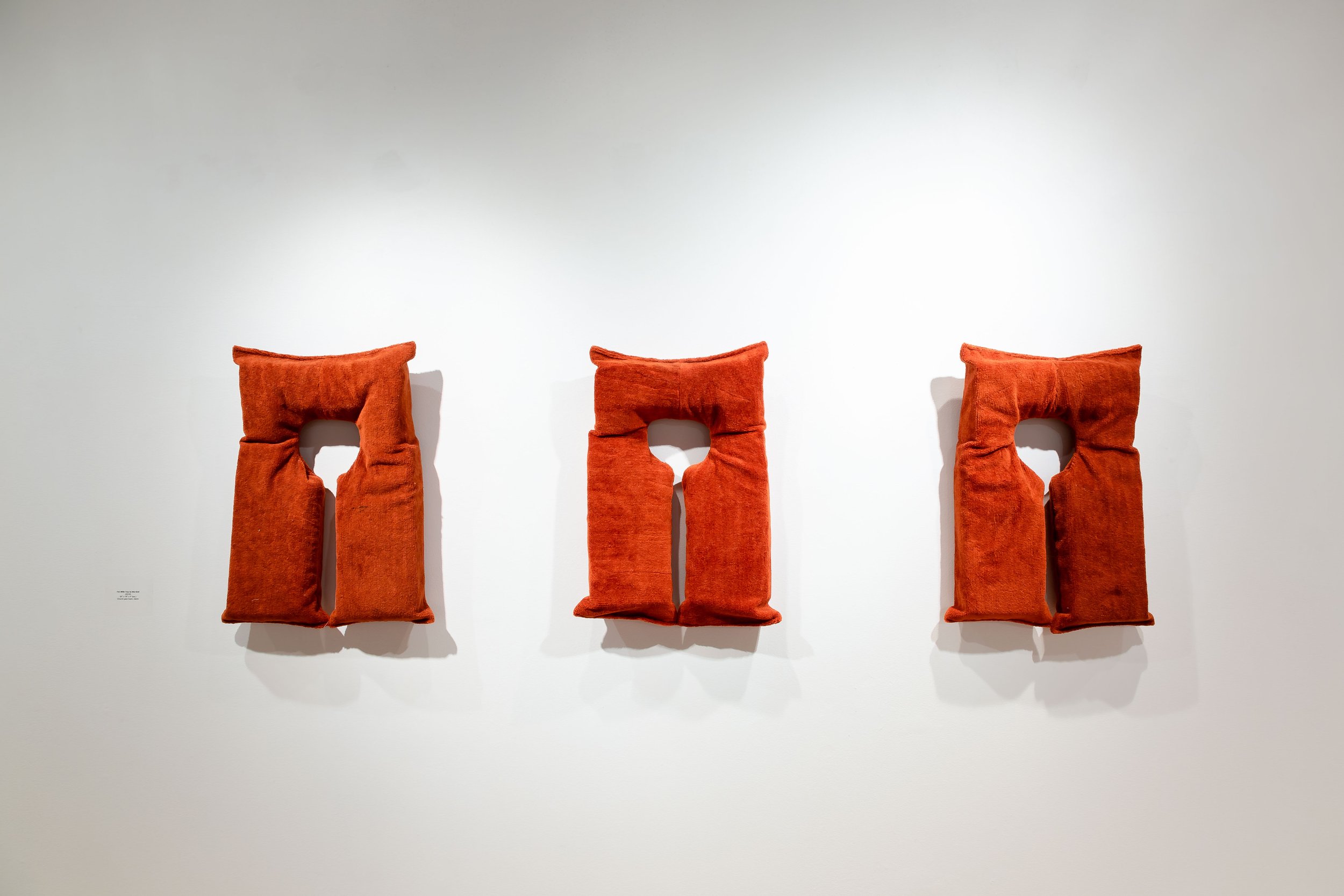

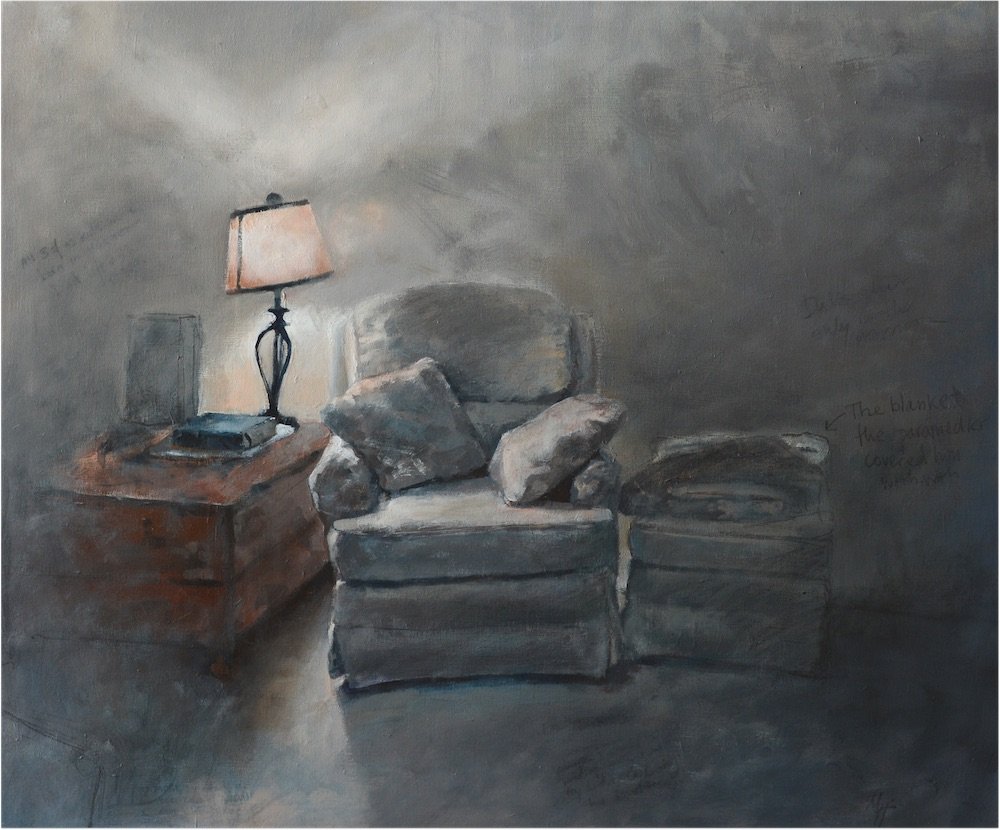

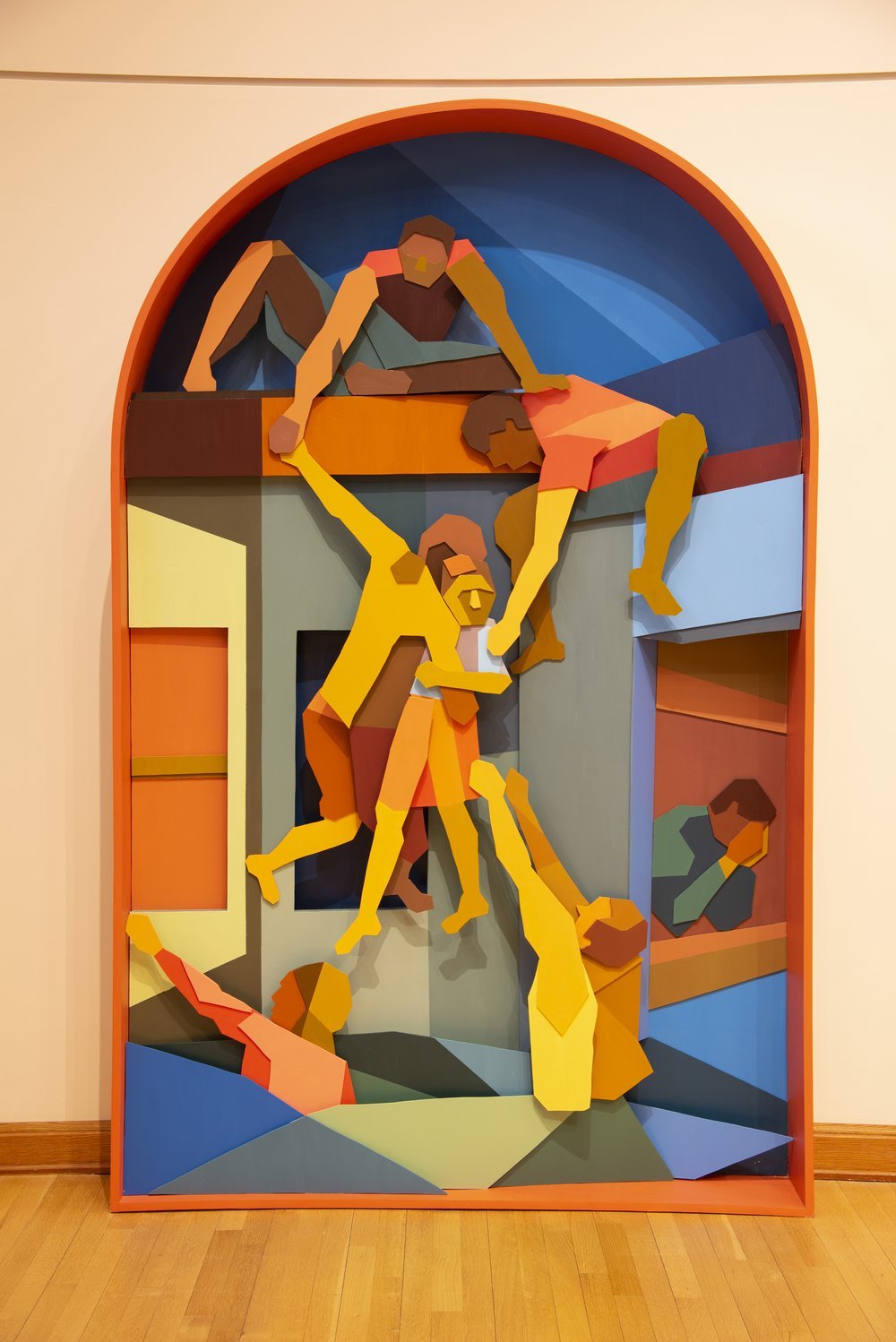

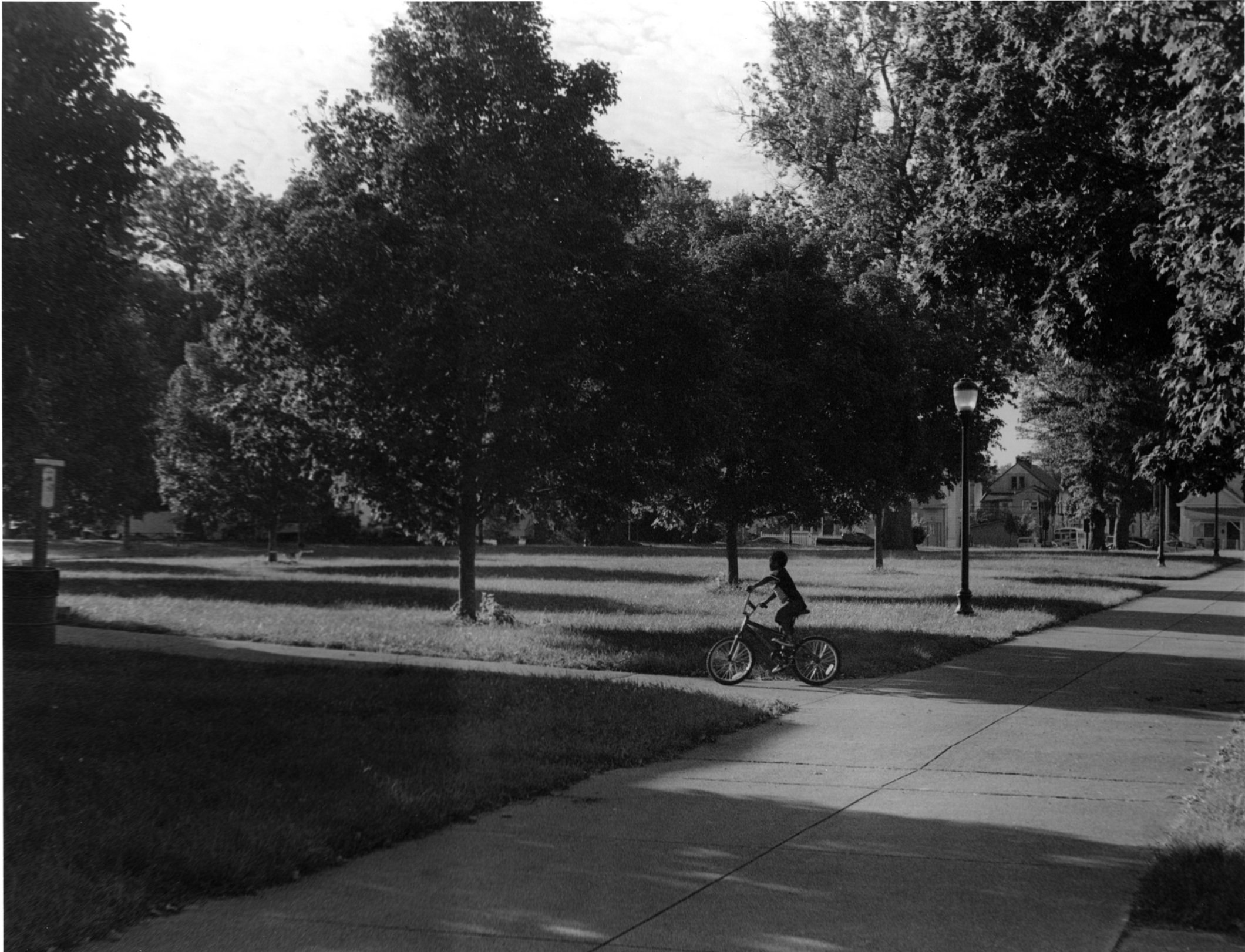




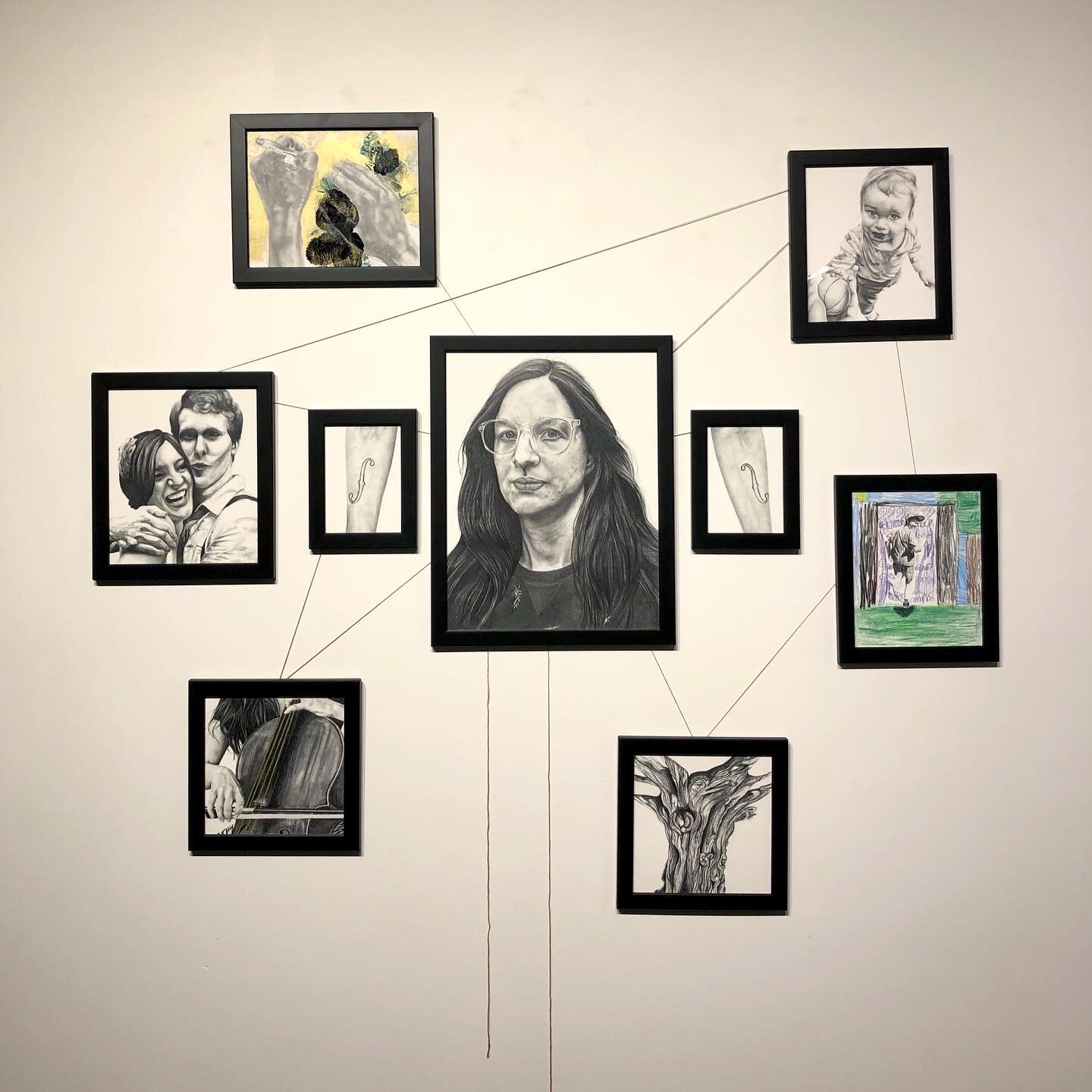

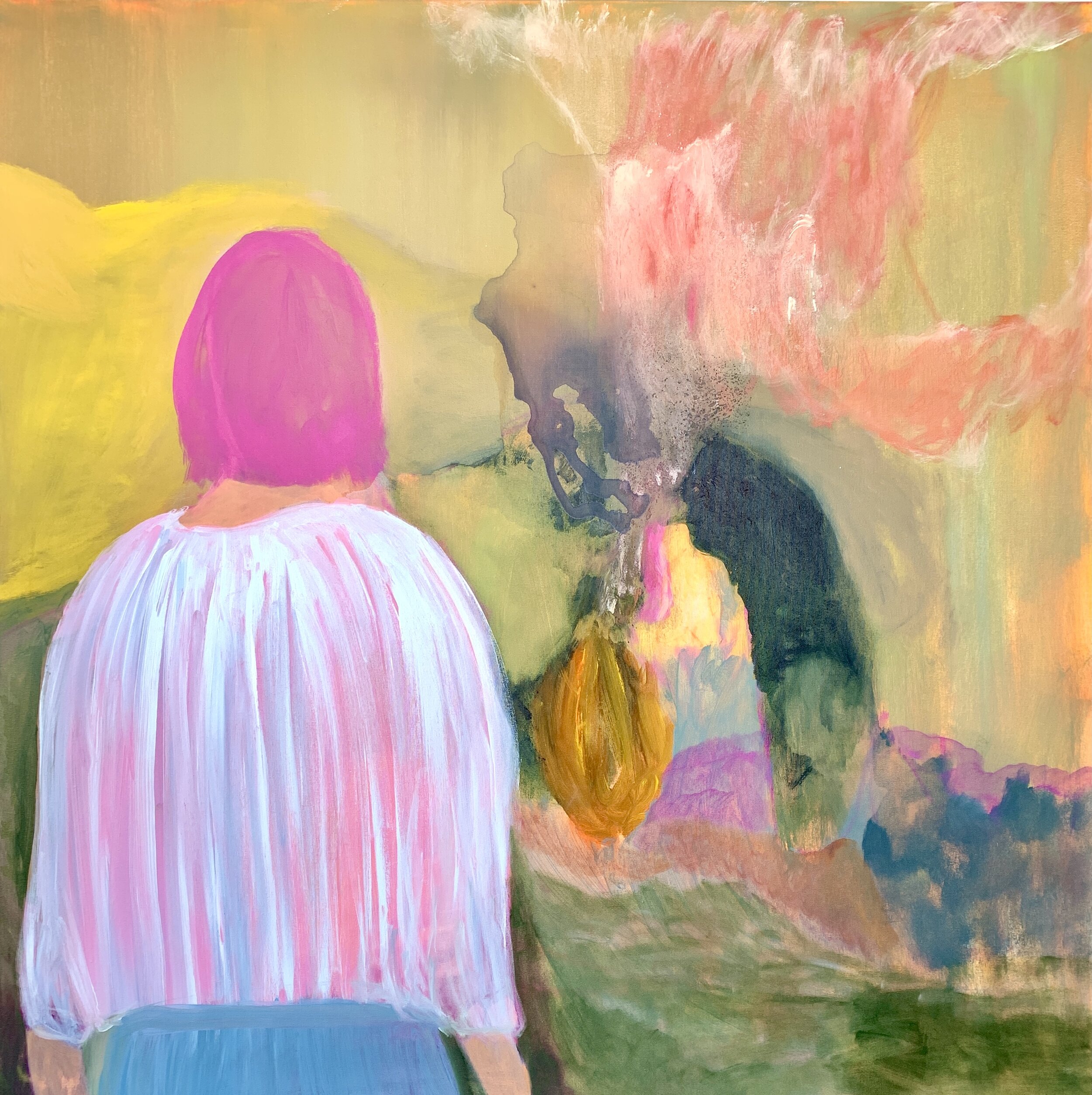

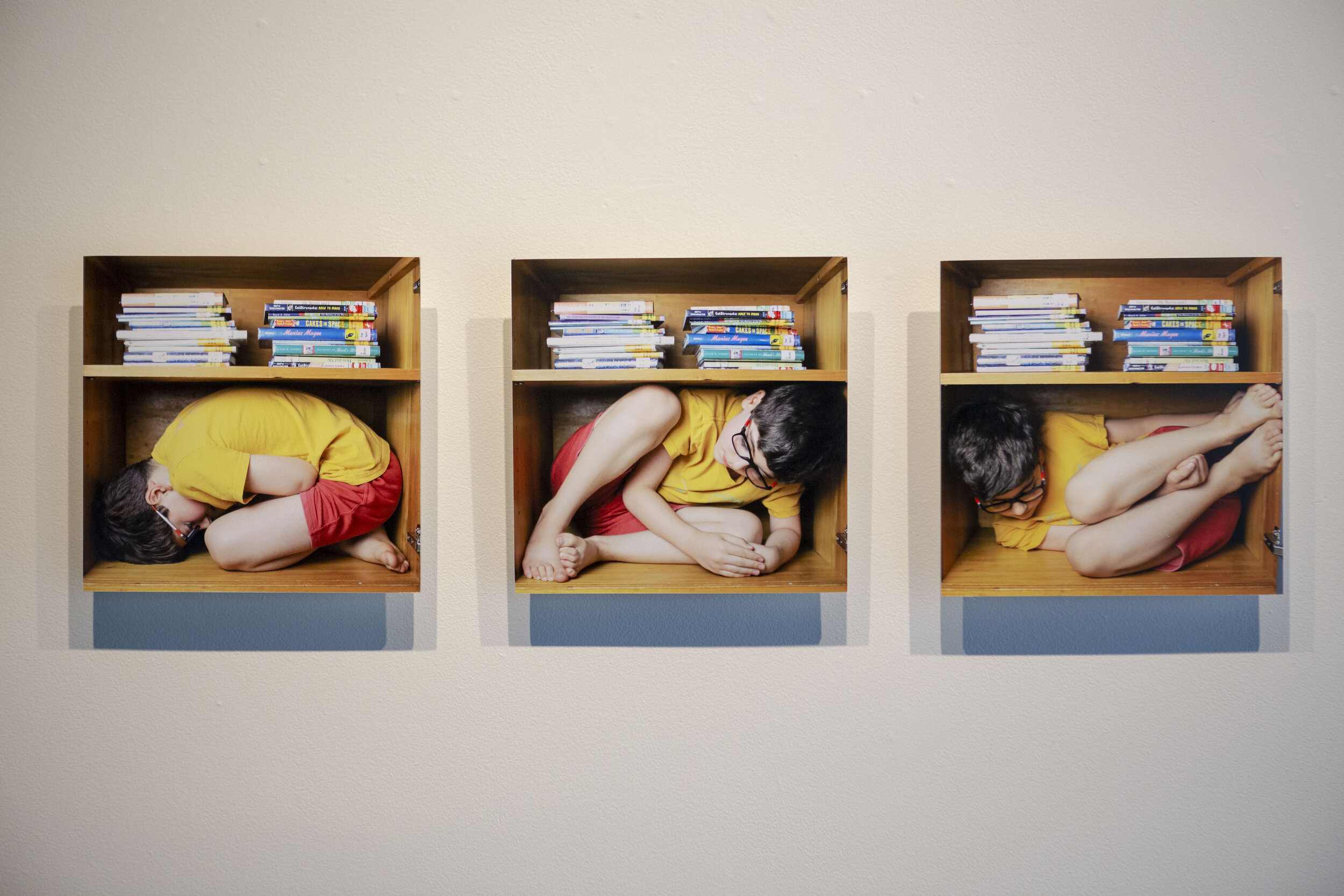



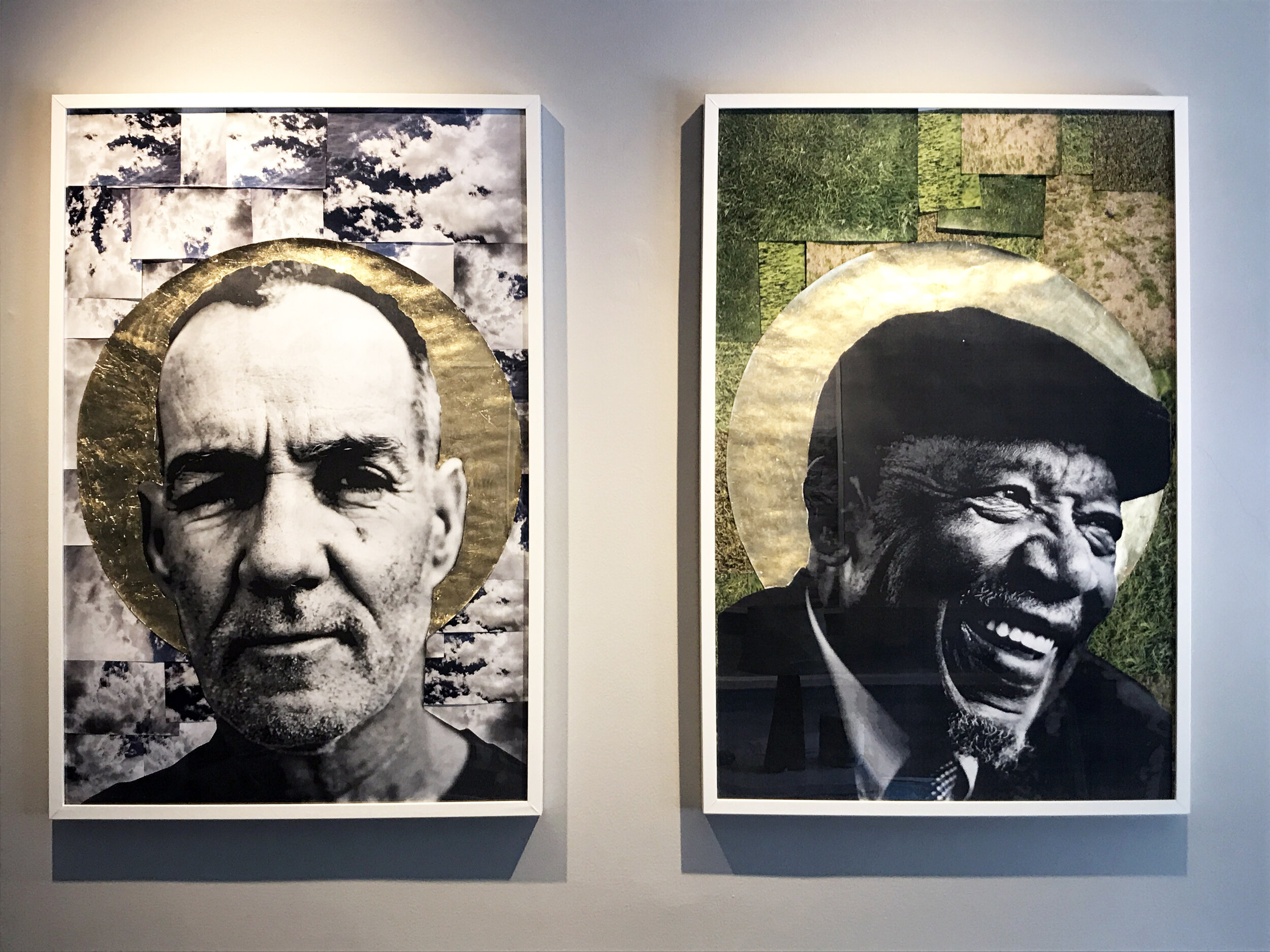
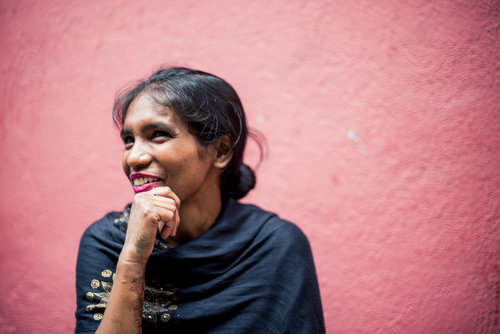



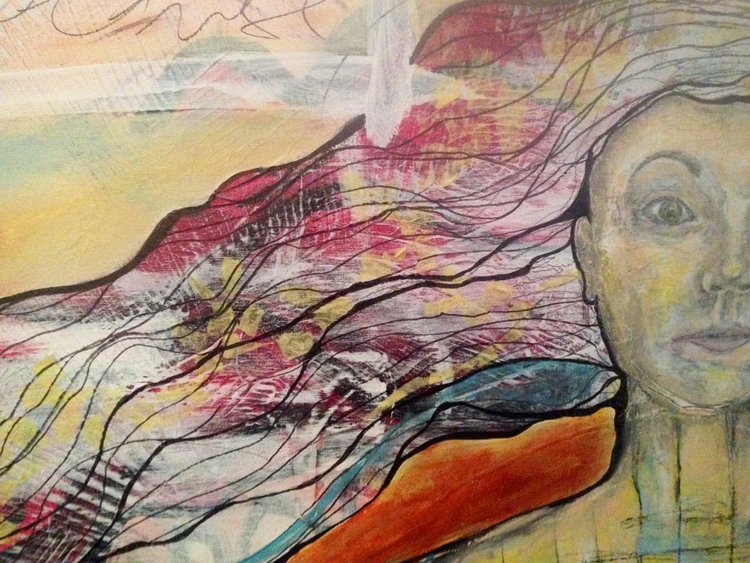
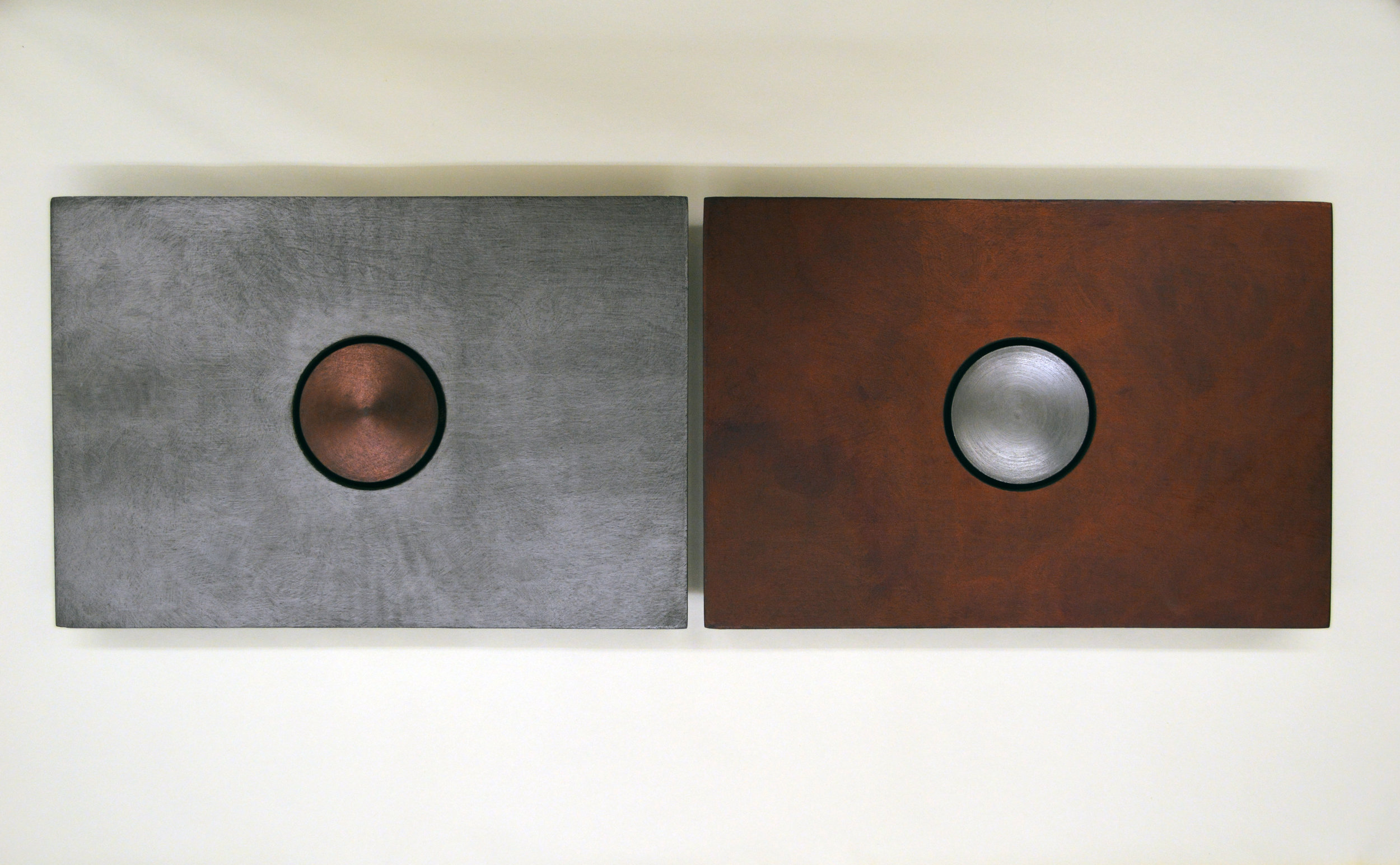
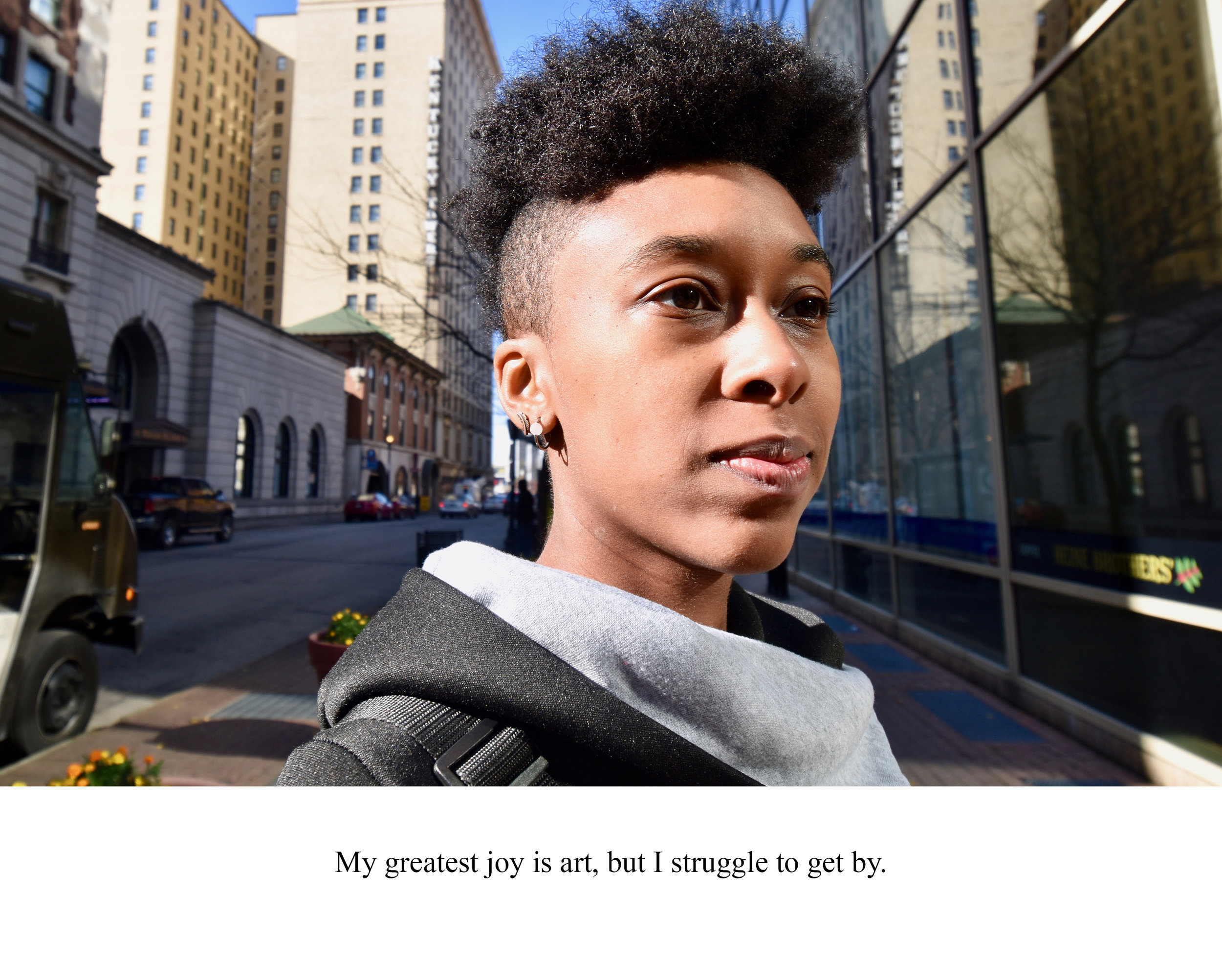
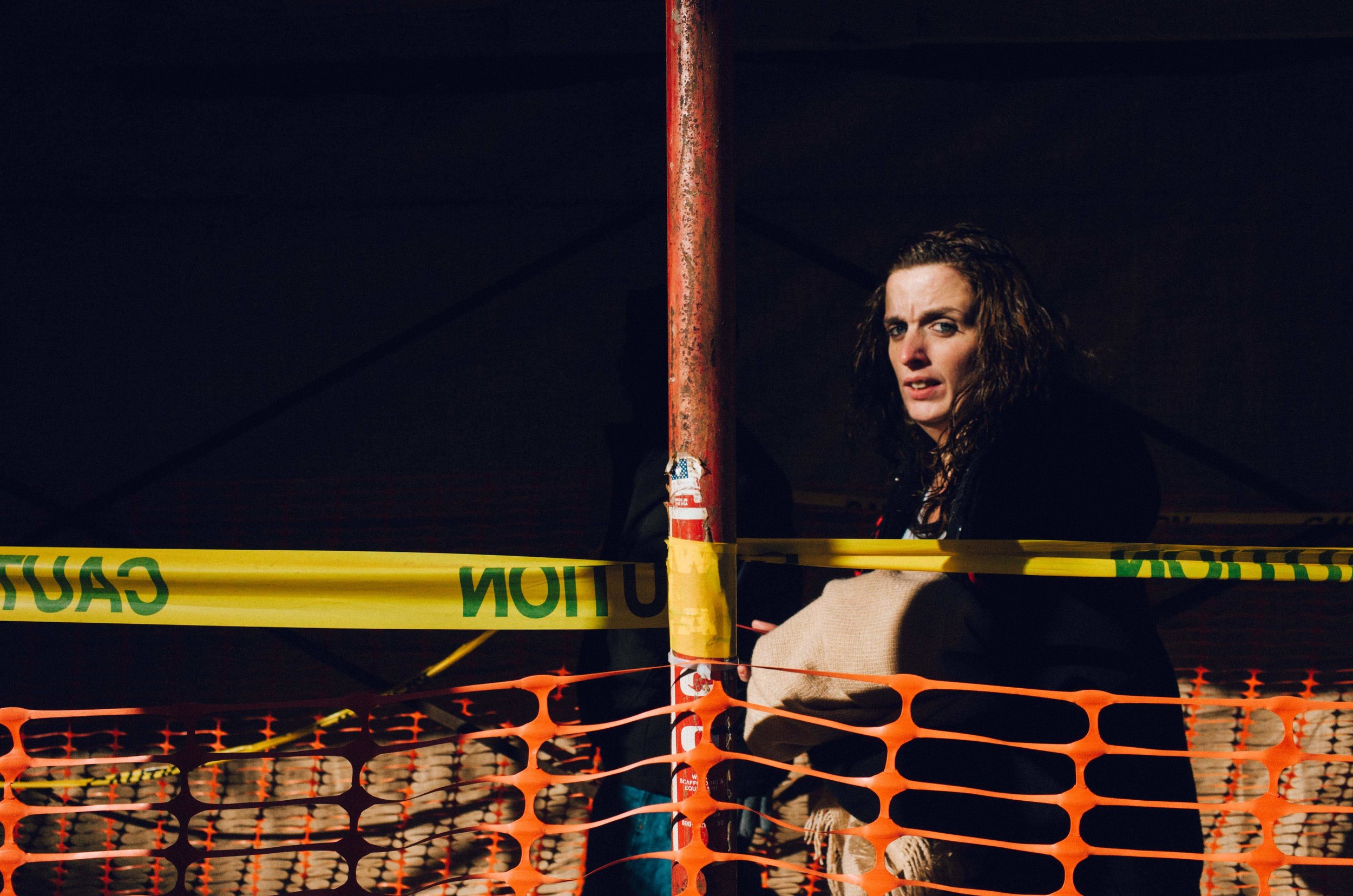
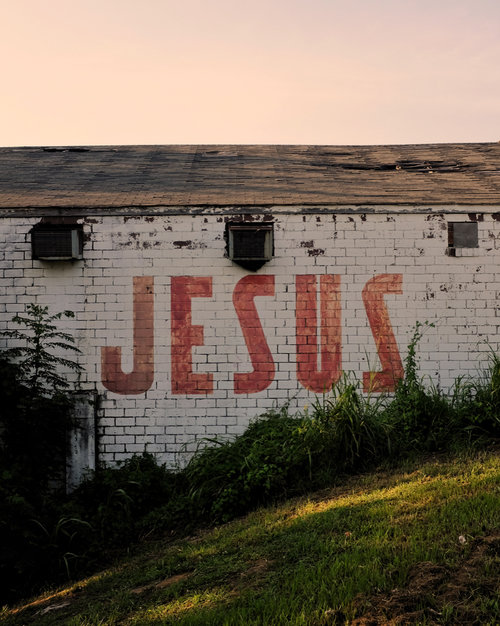


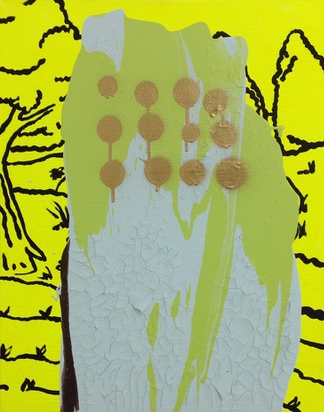
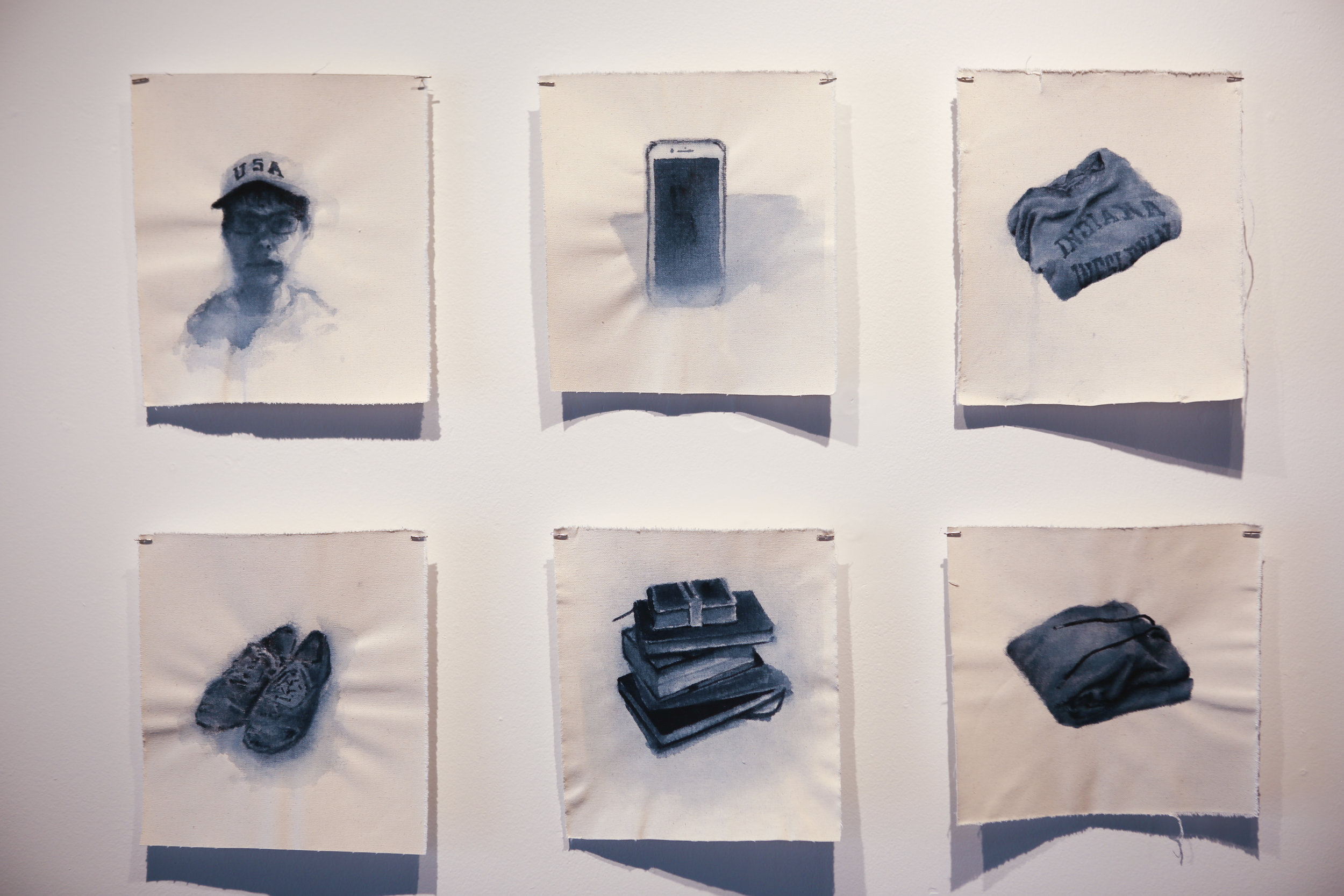
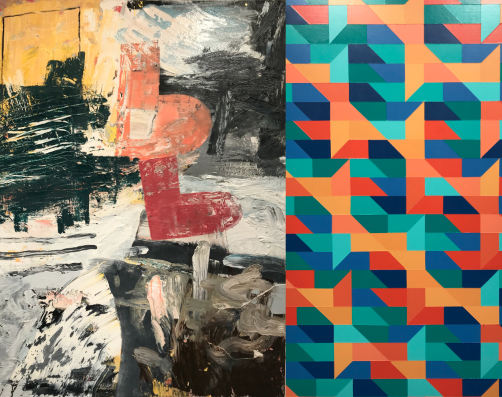
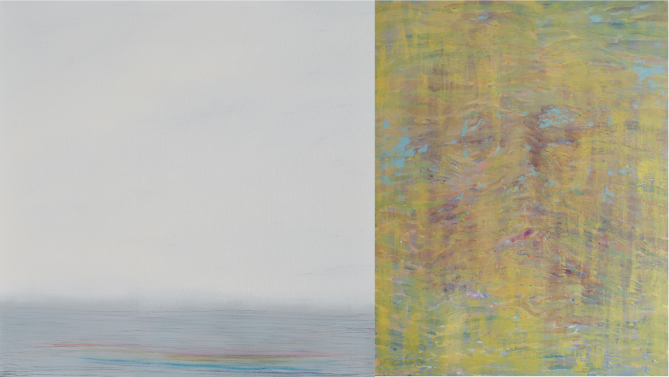

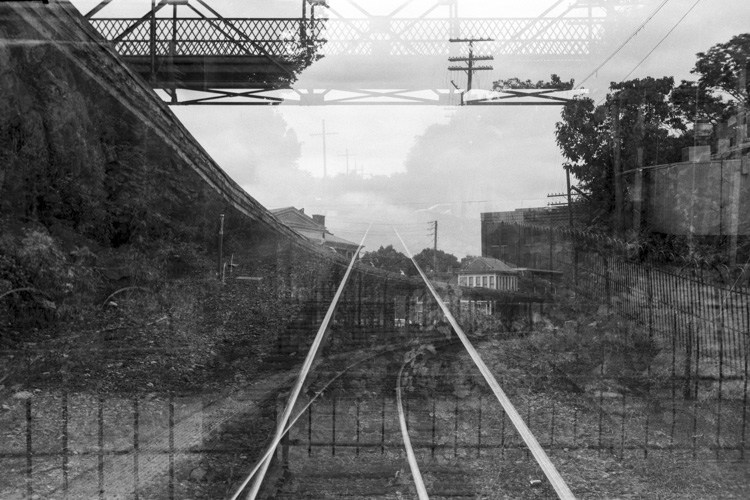
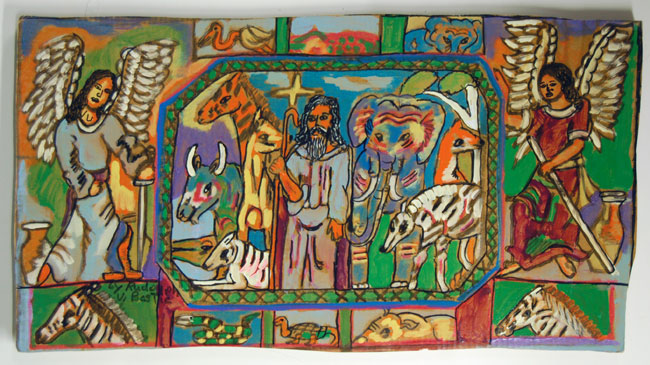
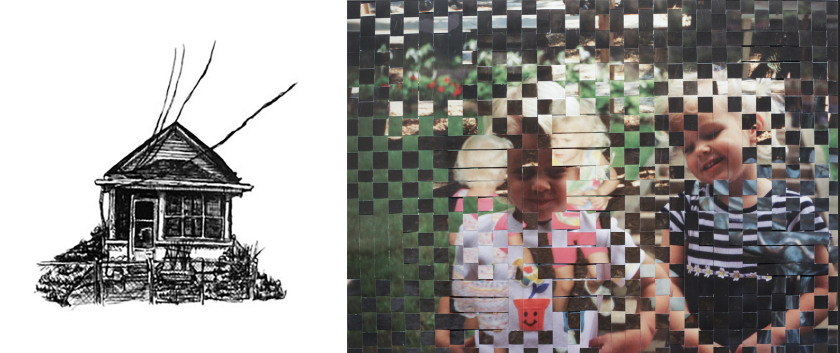
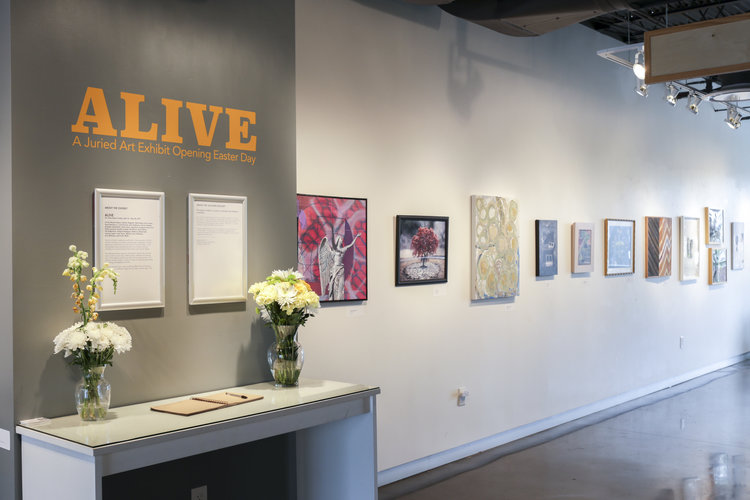

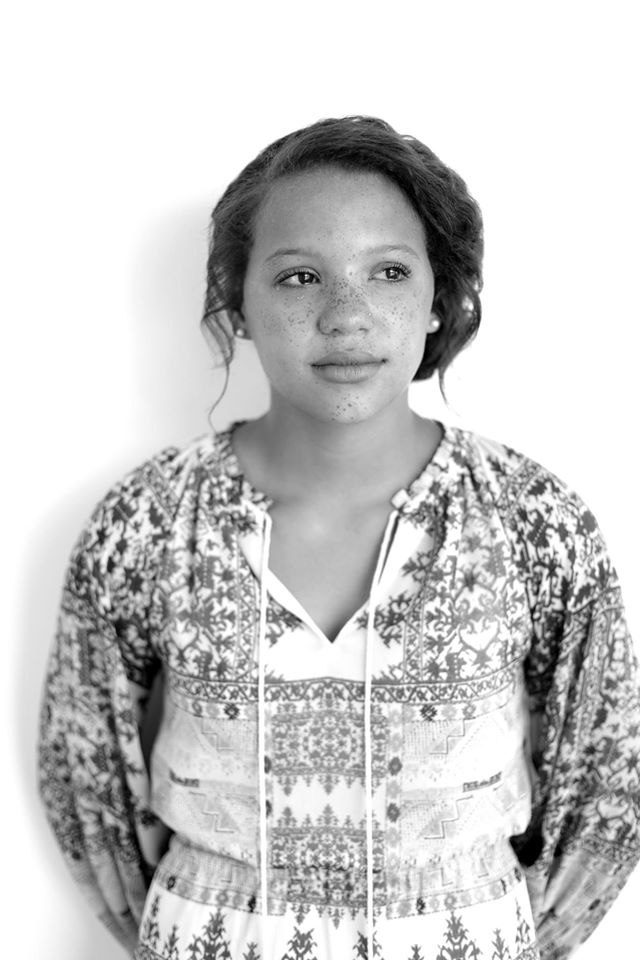




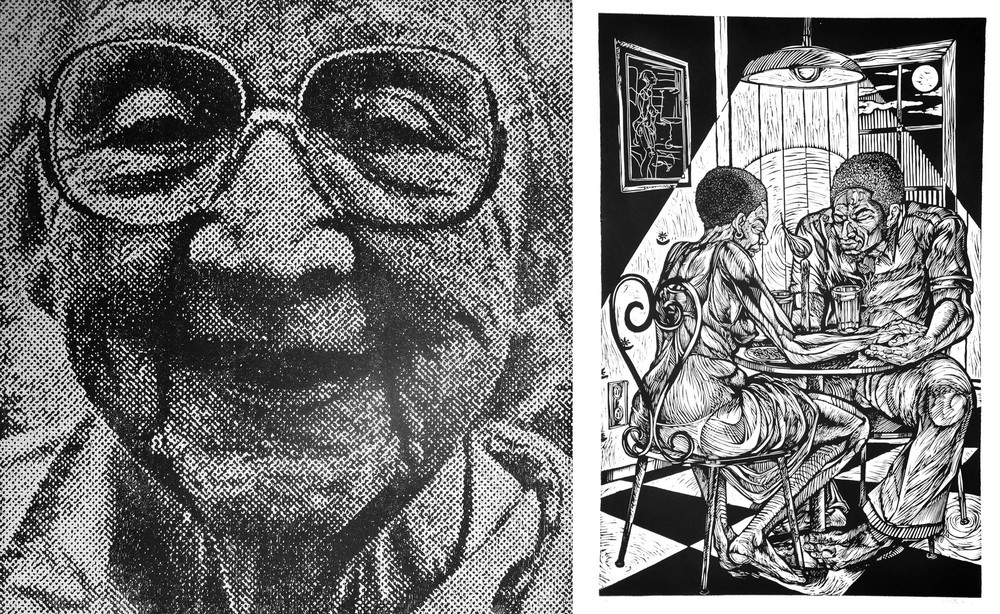

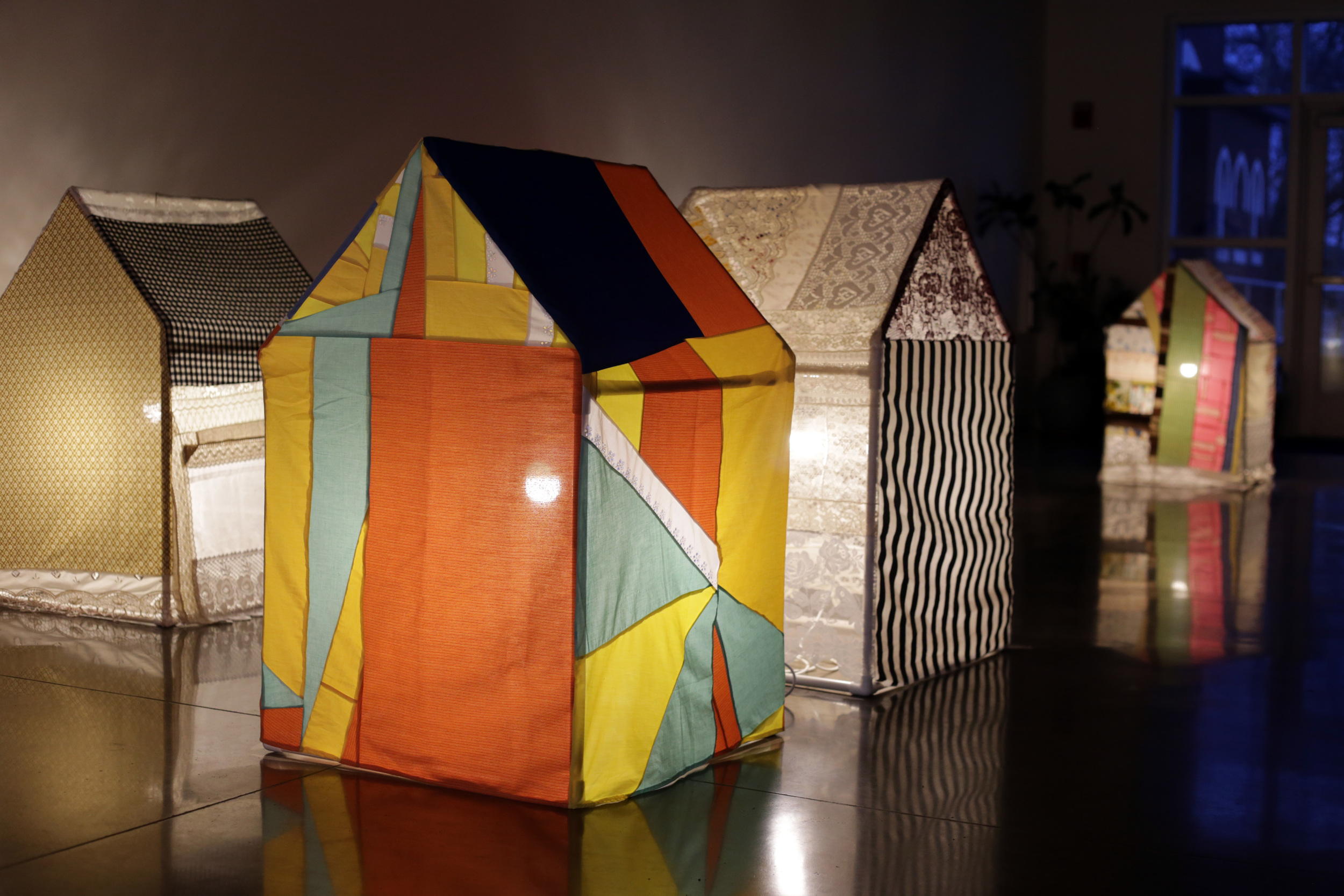



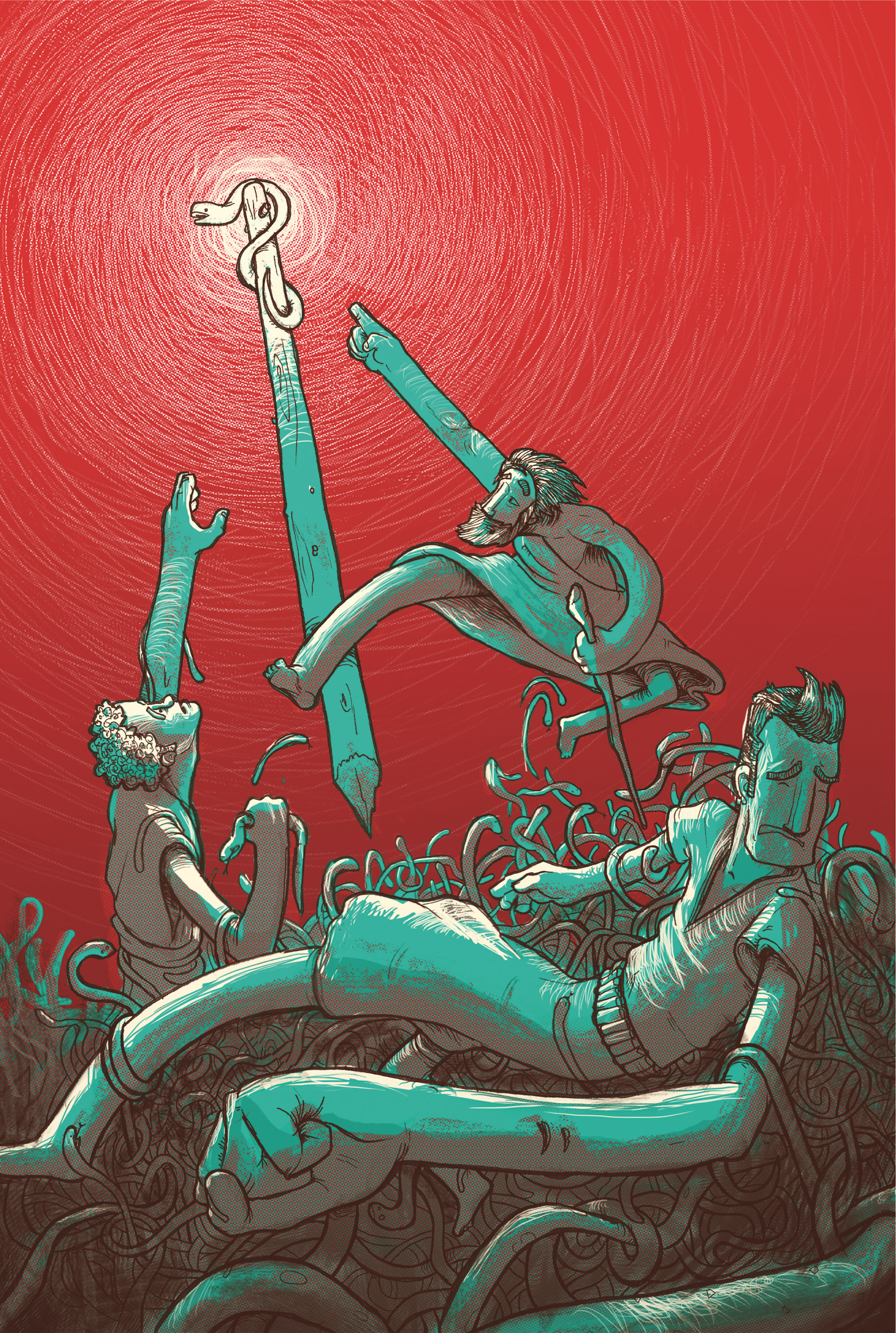
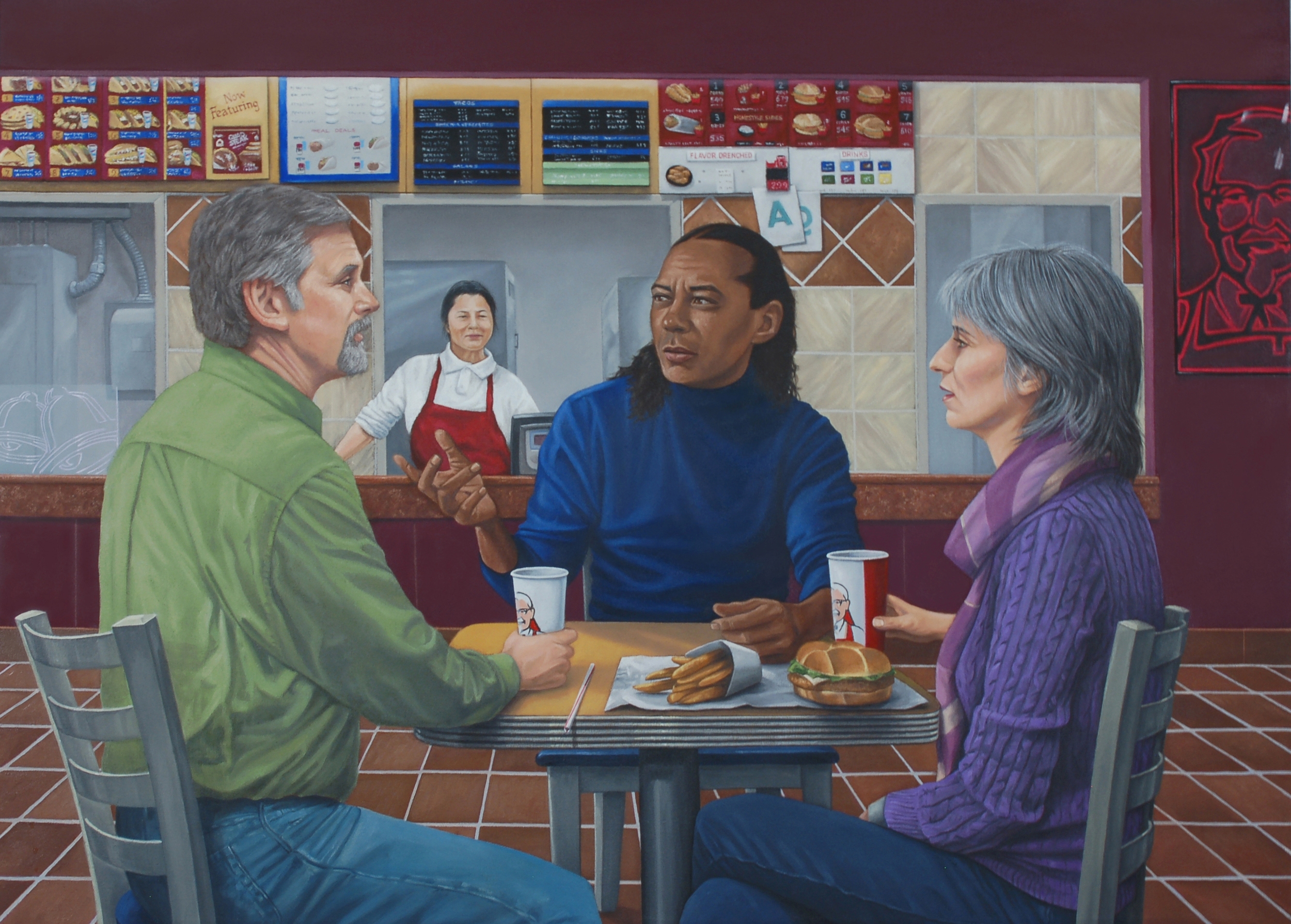
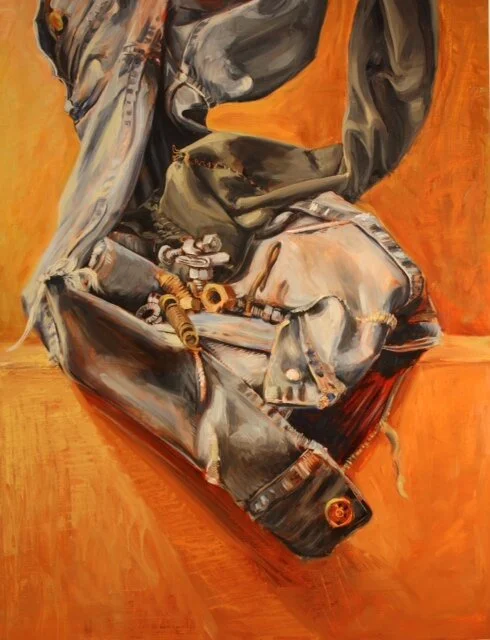
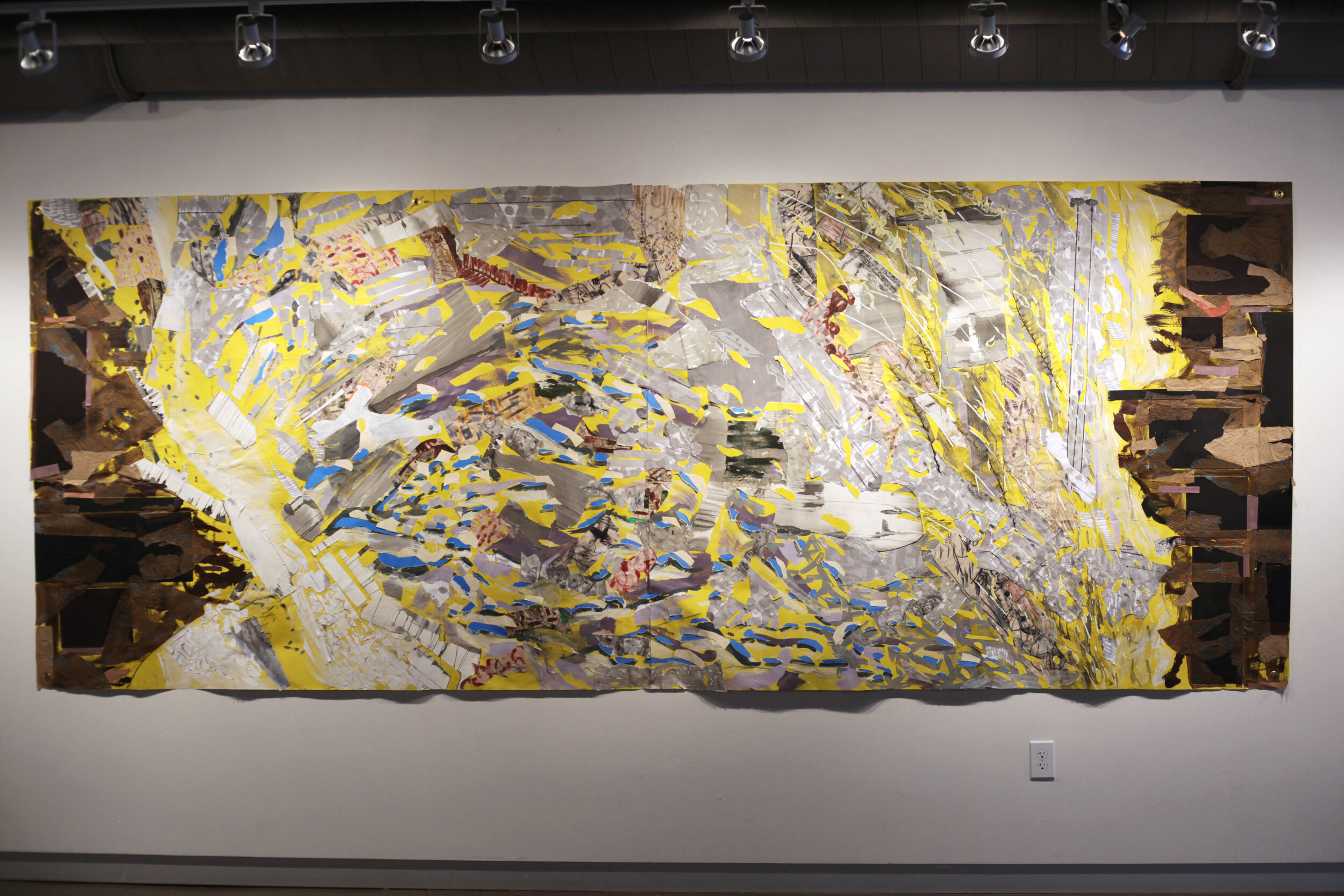



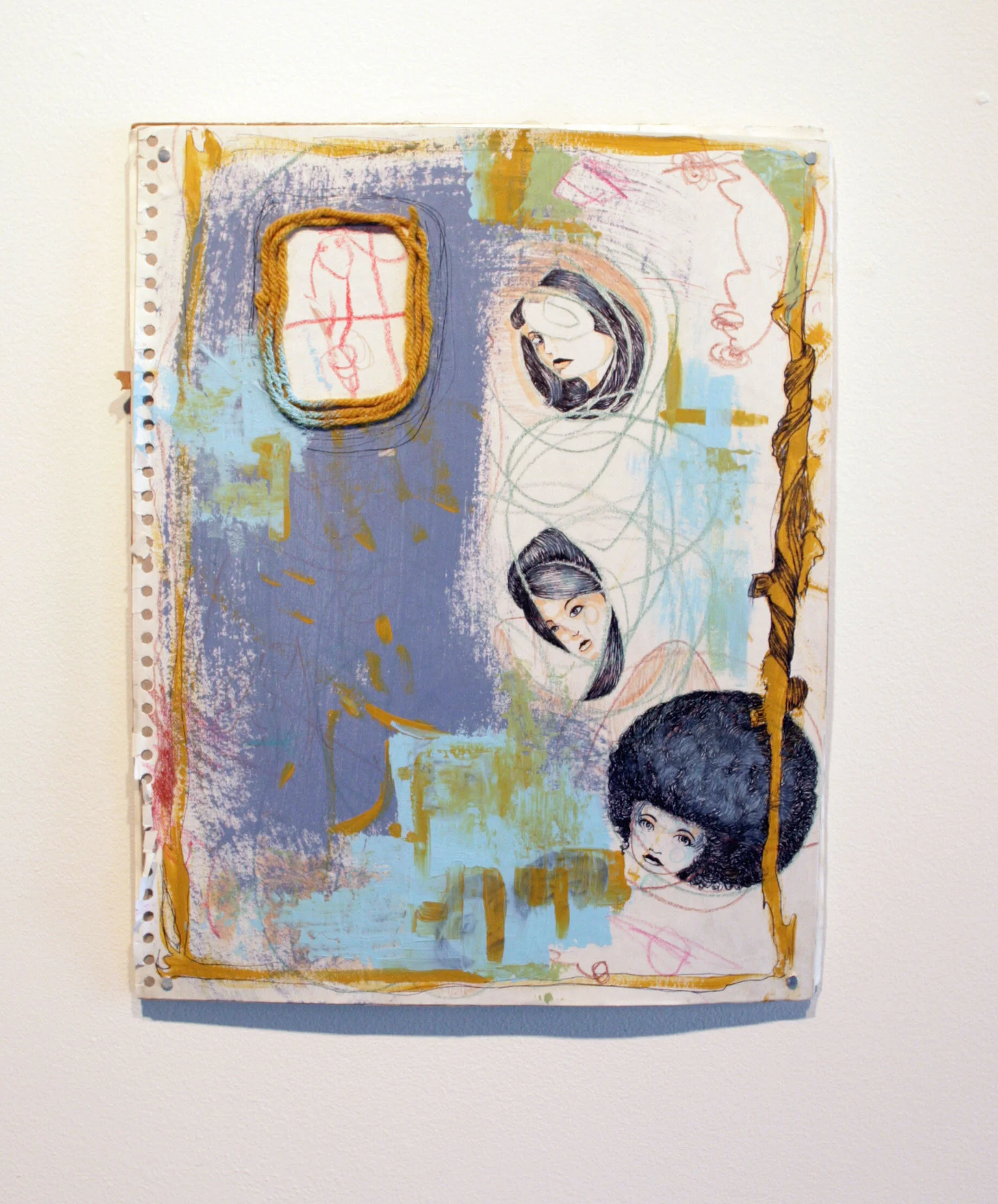



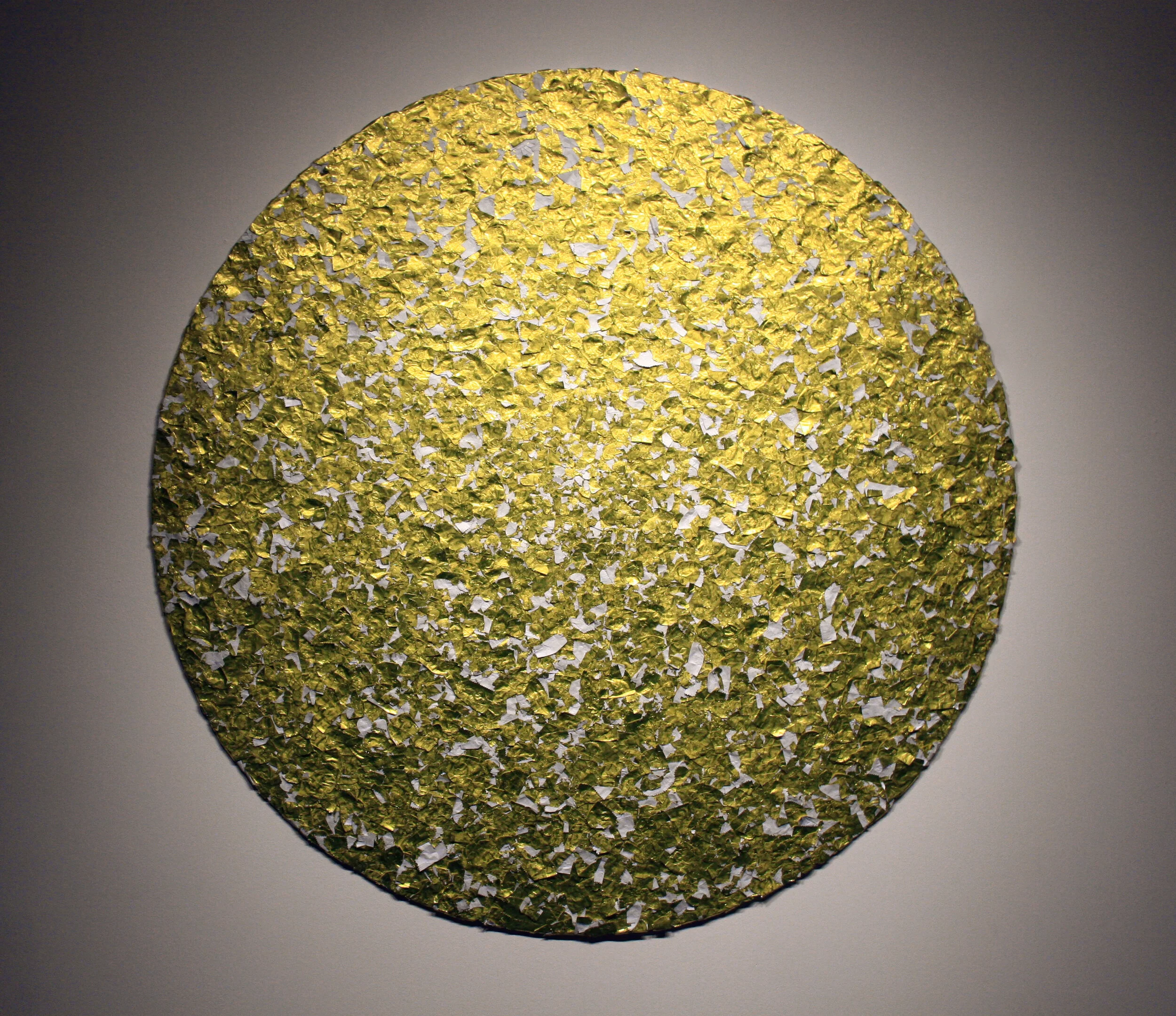
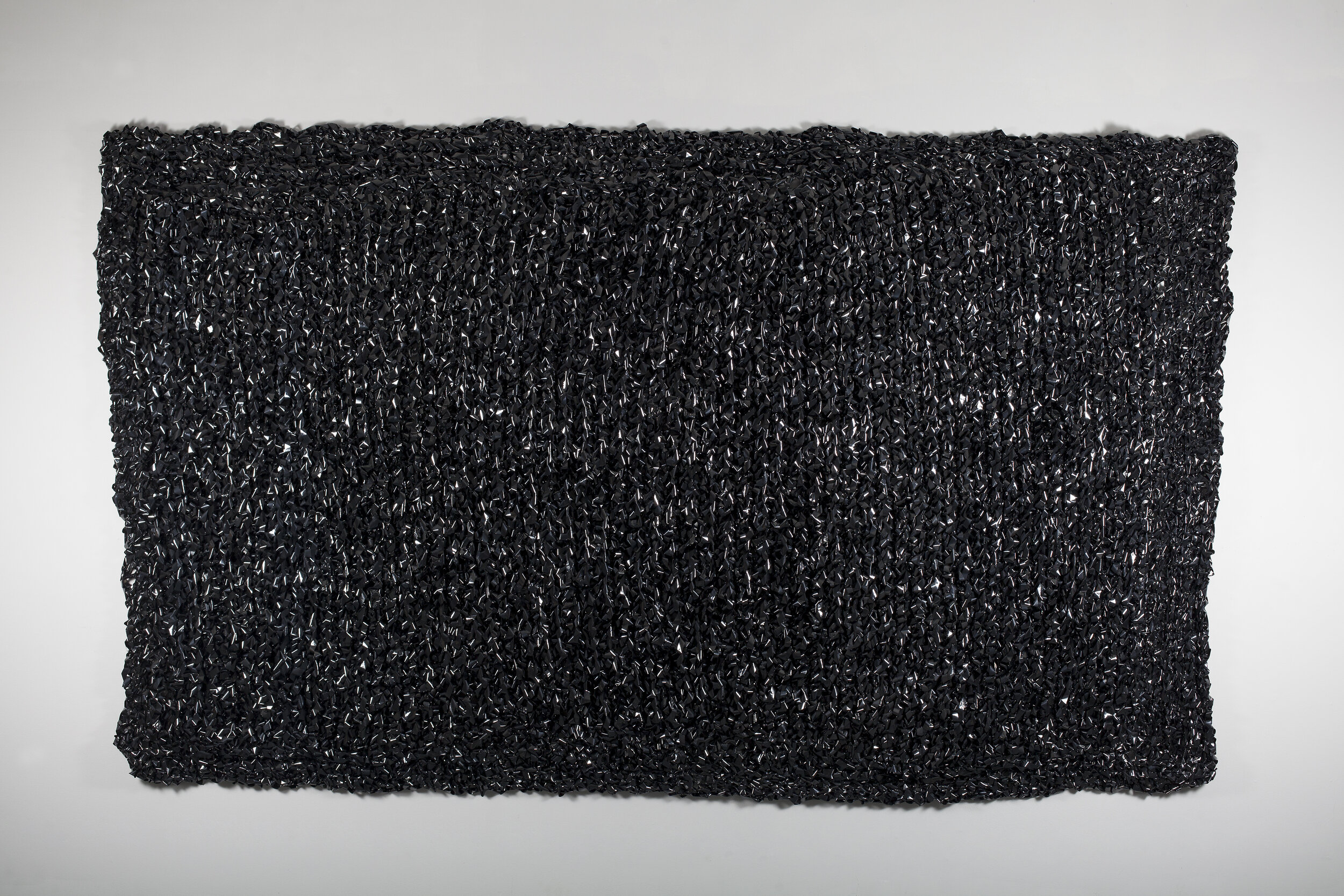
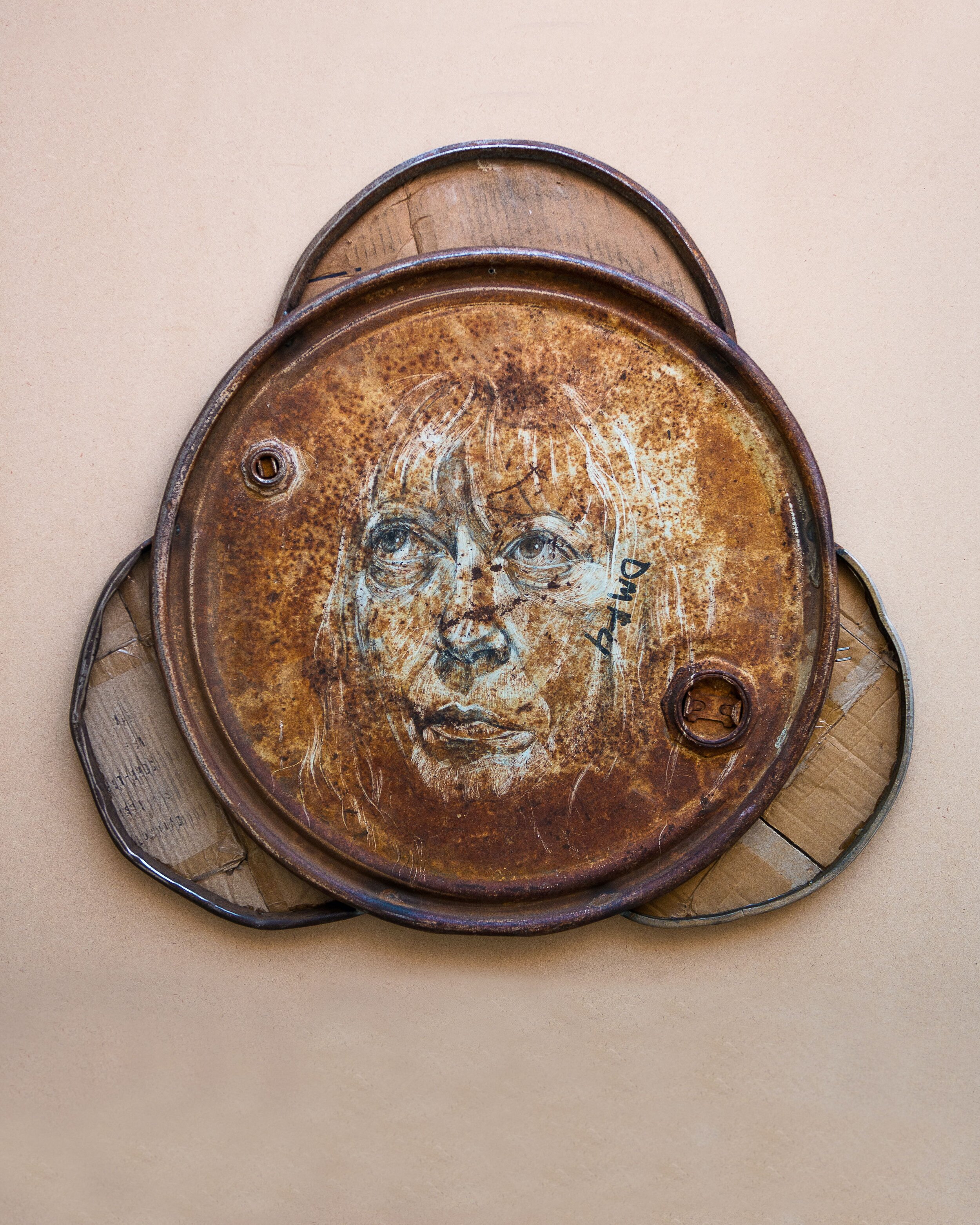

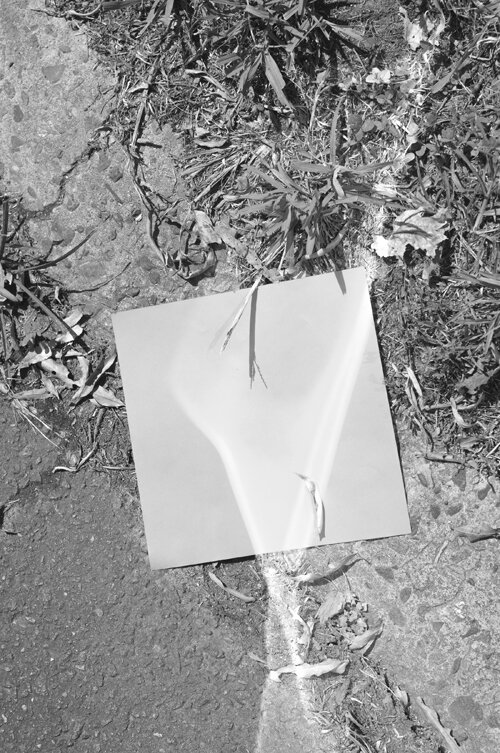
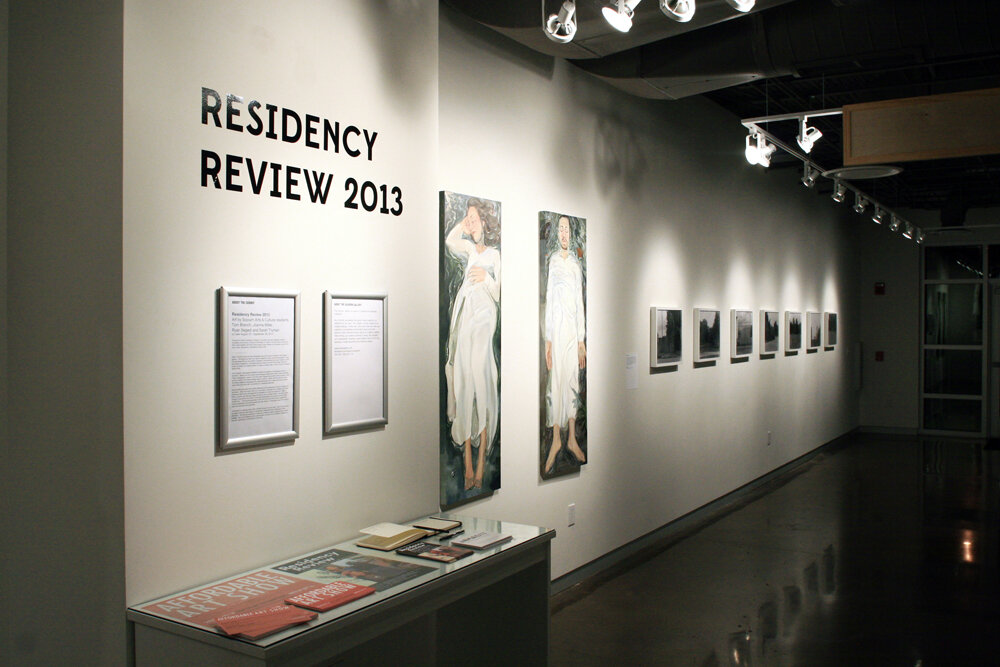


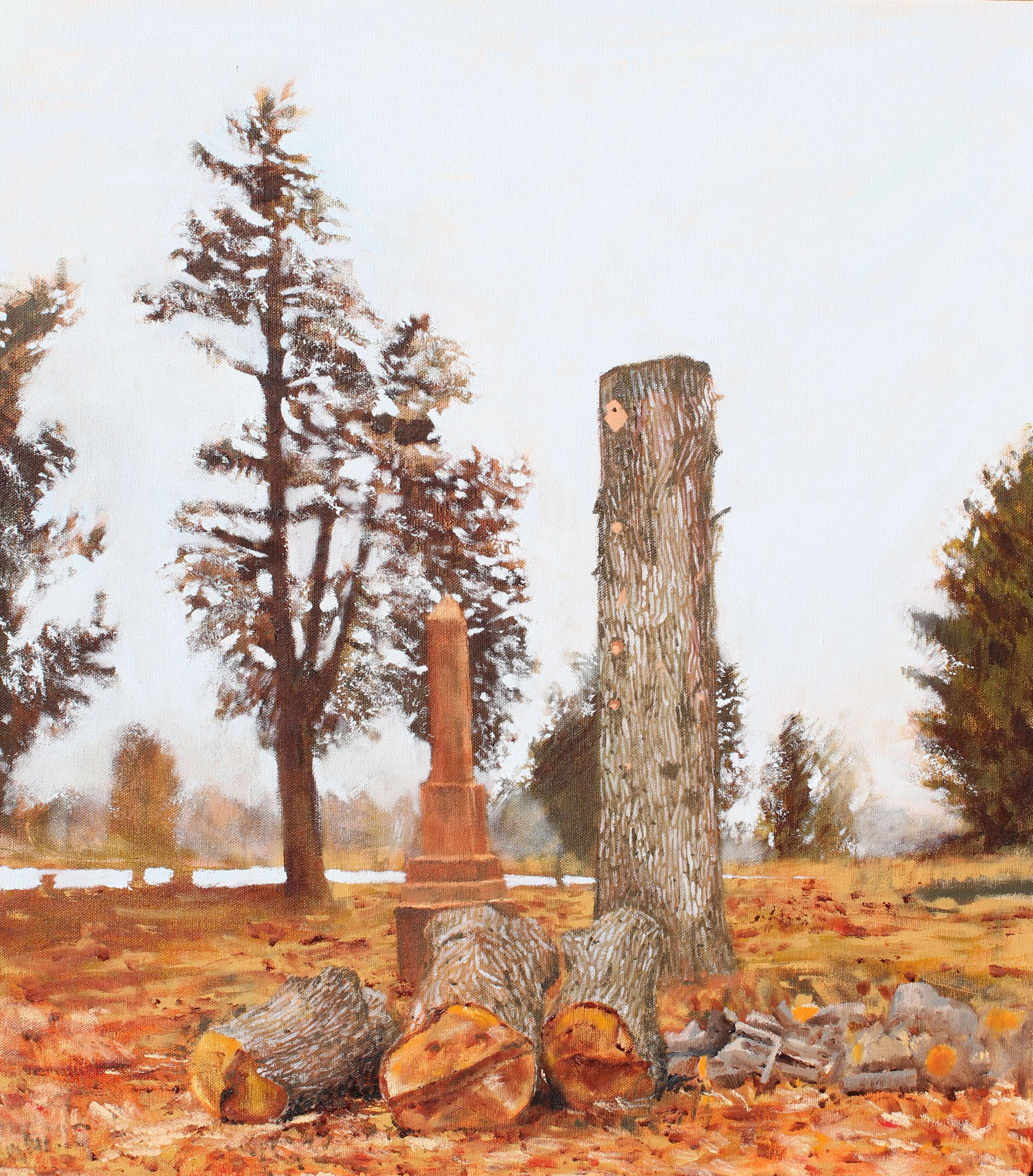





January 12 - March 9, 2025.
Image: Photograph by Taylor Bieschke.
In this exhibit, five of Sojourn Midtown’s Sent Ones share photographs from their experiences around the world. These five Sojourners living in Europe and Asia participated in an online photography class with Sojourn Arts in order to refine their photography skills, helping them more effectively communicate through images. Here, they share images of people and places they’ve witnessed as they minister in their current contexts.
God calls the church to take the gospel and provide practical help to the margins of society and every corner of the world. Midtown Sending furthers this mission by equipping and sending our members to live with gospel intentionality in their neighborhoods and to the nations. Over the years, Midtown has equipped and commissioned many Sent Ones—members affirmed and supported to serve cross-culturally for the sake of the gospel. Currently, 35 adults are serving across four continents, engaging in word and deed ministry among diverse people groups. Domestically, four families are leading church plants in different cities. Short-term trips are also a key component of our strategy because they allow participants to form deeper relationships, grow spiritually, and discover their role in God’s mission. By experiencing diverse cultures, the global Church, and cross-cultural ministry, participants witness firsthand the work God is doing globally.
In addition to the five main photographers’ framed images in this exhibit, we also include some unframed images from others related to Sojourn Midtown’s Sending ministry.

Art by J. Daniel Graham, Jordan Lienhoop-Crump, Loren Myhre, McKenna O’Hare, Tim Robertson, and Michael Winters
Six artists backpack into the Daniel Boone National Forest together for three days and then make art in response.
November 1, 2024 - January 5, 2025.
Image top left to bottom right: J. Daniel Graham, Jordan Lienhoop-Crump, Loren Myhre, McKenna O’Hare, Tim Robertson, and Michael Winters
In the summer of 2023, the six of us hefted on backpacks and followed each other down into the Red River Gorge. Some of us were seasoned backpackers and for some of us, this was the first time. The idea was to enjoy the place and each other’s company, and to afterwards make art that speaks something of “wilderness,” inspired by the particular gifts of Kentucky’s forests.
Under a large rock shelter shaped like an inverted amphitheater, after wandering around like curious children, we gathered and responded to the question, “What’s different about you when you’re here versus when you’re in your everyday life?” A shared awareness emerged as we together felt how present we were to our surroundings, each other and ourselves.
Wilderness as a concept doesn’t have precisely defined boundaries. Edward Abbey wrote of wilderness that though we scarcely know what wilderness is, “the word itself is music.” When we enter into wilderness, we enter a different mode of being. Author Wendell Berry and photographer Ralph Eugene Meatyard created a book together about Red River Gorge in 1971 with the title The Unforeseen Wilderness. Among other brilliant insights, this book includes one of Berry’s most extended writings on visual art, specifically art photography. He contrasts the tourist-photographer “who goes to a place, bound by his intentions and preconceptions, to record what has already been recorded and what he therefore expects to find” with the photographic artist whose “search is a pilgrimage, for he goes along ways he does not fully understand, in search of what he does not expect and cannot anticipate.”
Working in different media and styles, the six artists in this exhibit have pilgrimaged together and now share the records of that journey. In their various forms, these artworks reflect on various aspects of wilderness and the human experience of entering into it. Red River Gorge and the larger Daniel Boone National Forest have been our muse.

Art by Bobby C. Martin, Erin Shaw, & Tony A. Tiger. A CIVA traveling exhibit.
August 25 - October 27, 2024.
Image: “Old Ways, New Vision” by Tony A. Tiger
"Why would Native Americans believe in the religion of the invaders? This is a question the artists in this exhibition have been confronted with many times. As Native people who are Christians, we sense a deep paradox when asked this question.
Why DO we believe in the Gospel of the invaders, the so-called “white man’s religion”? This is the internal struggle that this exhibition chooses to address. Told within the context of a history of deeply ingrained Christian practice among generations of Native peoples, we face the tensions created in our lives by the faith we practice. In Altars of Reconciliation, viewers experience contemporary, Native-themed altarpieces of sacred art, personal in their stories but universal in their struggle with eternal questions.
Our intent for this show specifically is to explore a theme rarely confronted in the art world: the practice of Christianity among Native peoples. There is and continues to be a long, rich and layered history of Native churches and Christian tradition, but there is an equally long sense of tension and conflict among tribal peoples about questions of faith. Often framed as a “Christian vs. Traditionalist” dichotomy, the real story is not nearly so clear-cut. By facing our own faith struggles and transformations through these ‘altarpieces,’ our desire is to bring about healthy discussion and awareness of how Christianity has played a historic (and continuing) role among our Native peoples, and in the bigger picture, to engage people in thinking about the role of faith in their own lives."
— Bobby C. Martin, Erin Shaw, & Tony A. Tiger

June 30 - August 18, 2024.
Visual Art by Alex O'Nan, Allison Paige Workman, Brian Rodman, Brittany Anne Jennings, Caleb Garza, Caroline Mae Rothschild, Casey Hamm, Chelsey Garza, Chloe Cheng, Crystal Sridhar, Dani Wallace, Daniel Vance, Evangeline Grace Eubanks, Hannah Johnson, Jason Stephens, Jennifer Kramer, Jenny Stopher, Jordan Lienhoop, Joshua Jean-Marie, Jupiter Katsaros, Kelly Davenport, Leandro Lozada y Leon, Mercy Kershner, Michael Winters, Nadia Irving, Paige Kissinger, Sammi Lawson, Sarah Mayer, Sarah Ritz, Selah K. Wigginton, Shawn Apostel, Stephanie Teelucksingh, Talli Frame, Tasha Irving, Tim Robertson, Victor Martinez Camacho, Viki Kooiman, and Zhong Yang.
This exhibit and open mic event celebrates the artistic work of Sojourn Midtown members and regular attenders. We hope sharing our creative work inspires others in our community and beyond to make and share their own creative projects too.

Art by Gabriella Boros, Lauren Stevens, and Dani Wallace
May 5 - June 23, 2024.
The three printmakers in this exhibit create work inspired by Christianity and Judaism. Their different expressions of faith are as varied as their printmaking techniques– copper etchings, woodblock prints, linocuts, and screenprints.
Gabriella Boros’ woodblock prints and books draw upon the Torah and Talmud as she processes and applies the text to life. Lauren Stevens’ detailed copper etchings are filled with Old Testament stories and prophecies of creation restored. Dani Wallace’s prints explore the ways God works in our lives, finding spiritual meaning through imagery drawn from life.

Art by Cameron Lawrence, Stephen Procopio, Jeremie Riggleman, Michael Winters, and Ali Wunder
March 10 - April 28, 2024.
Image: Tethers: Saguaro Blooms by Cameron Alexander Lawrence.
Exuberant. Effusive. Profuse. Superabundant. Gushing. Excessive. Lavish. Extravagant.
Coming out of winter, spring first has a quiet liveliness, but it soon erupts over-the-top. Peak spring can seem gaudy. So much life in the world!
The five artists in this exhibit have made objects that reflect on this quality of exuberant abundance found in the spring season. Exhibited around Easter, these objects of floral excitement also align well with the over-the-top grace of God found in Christ’s death and resurrection.

Art by Marcus Clarke and Nathan Rice
January 21 - March 3, 2024.
Image left: by Marcus Clarke / Image right: by Nathan Rice
Witnessing Nearness is about the different beats of relationships along the horizontal and vertical axis. Artists Nathan Rice and Marcus Clarke met over an overlapping semester of their MFA graduate programs in San Antonio, TX. They found quick camaraderie and solace in each other’s faiths and their art practices, and interestingly, they’ve found their work meets at the horizon line, with a gaze of what is above and below.
To expand this conversation, Marcus’s and Nathan’s work uniquely parallels the historical exchange between artist and friends Vincent van Gogh and Paul Gauguin. Nathan’s abstract, gestural paintings of flowers and gardens explore the sanctity of the created world and quotidian labor, a reformed theology reminiscent of van Gogh’s Dutch Protestantism. On the other hand, Marcus’s work of sculptural and architectural installations with light, often using colored, defused LED lights to atmospheric effect, is reminiscent of Paul Gauguin’s color fields that are backdrops for mystic encounters. Like Gauguin, he deploys numinous visual language to question the ends of perception and ponder what lies beyond our abilities to perceive and know with our senses. As Gauguin’s Vision After The Sermon (1888) and Van Gogh’s The Sower (1888) are in conversation with each other about these theologies and philosophies, this show creates unique conversations held in tensions when a gaze towards the transcendental and the temporal meet. In this exploration of their works and their reference to sky and land, we can meditate on how something as abstract and as far as the horizon can also, in the suspension of unbelief, be near, intimate, and even immediate.
— Marcus Clarke & Nathan Rice

Art by Keith A. Barker, Kyle Benecke, Robert Biesel, Joe Cory, Richard Cummings, Chris Dant, Claire Davey, Lisa Wallace Deen, Cheryl E. Dyer, Mia Eckes, Caroline Greb, Shana Grugan, Brandon Hochhalter, Steven Homestead, Brittany Anne Jarboe Jennings, Hannah Johnson, Neal Parker Johnson, David Kasperak, Jennifer Kramer, Cat Mailloux, Sydney Mason, Katie Petry, Samantha Sudbrock, and Lila Youngblood.
November 17, 2023 - January 7, 2024.
“The light shines in the darkness and the darkness has not overcome it.” - John 1:5
On view this Advent and Christmas, Light in the Dark is an art exhibit pulled together from artists’ submissions from around the United States. Contrast between light and dark is a powerful artistic theme seen all throughout history in various media and across cultures, and it is also a deep biblical theme with strong connections to the Christmas story.

Photographs by Alex O’Nan and Parker Bolin
September 24 - November 12, 2023.
Image: Photograph by Parker Bolin
Death, Like a Door is a collaboration, but it is also a documentation of two unique perspectives that explore different worlds of change. It chronicles the passage of time in a way that is both personal and ineffable. The subjects and places shown are extensions of the artists’ lives, beliefs, and daily routines. This exhibit was part of Louisville Photo Biennial.

July 30 - September 17, 2023.
“This show has 40 stunning molas from the San Blas Islands off the coast of Panama that tell the story of the Bible, from the Garden of Eden to the Ascension of Jesus into Heaven. Molas are panels of reversed embroidery originally applied to the front and back of the Kuna women's blouses. Each mola is a beautifully designed interpretation of biblical stories with whimsical treatments and tender insights.”
— Sandra Bowden
The molas in this exhibition are from the collection of Sandra and Bob Bowden.

June 4 - July 28, 2023.
All of us need to know where to stand.
For a photographer, where you stand makes all the difference. The infinite number of places to stand yields an infinite number of perspectives. Even the small distance between your left and right eye gives you two different perspectives. For a photographer, moving slightly left or slightly right, a little forward or back, makes a different picture. The composition changes. Some things come into view and some things disappear depending on where one stands.
Asher Imtiaz has often chosen to stand among immigrants and refugees, meeting them with kindness and attention. Some of the people in these pictures have needed to flee war or famine. Some have sought new geographies for better opportunities for themselves or their children. We all make choices about where to stand geographically.
And we all need to know where to stand convictionally. When confronted with differing viewpoints, doubt, or conflict, how do we know where to stand politically, socially, or theologically? Many feel this has been especially difficult in recent years. Knowing where to stand isn’t a simple matter.
It’s not a simple matter and it’s also not static. Along with the need to know where to stand is the equally important need to know when to move on. In Asher’s photographs, we witness his ability to flexibly move into new spaces. Originally from Pakistan, Asher began photographing religious minority groups there. This included his own community of Christians living in a majority-Muslim country. Since moving to the United States in 2012 for graduate studies, his photographs have focused on immigrants, but more recently, he’s also found his photographic subjects expanding again to include a broader look at America, documenting life here in both heightened moments such as the streets of Minneapolis after George Floyd’s murder in 2020, as well as in the daily routines of subway rides in New York City or life on the Navajo reservation, for example. The ability to graciously enter other people’s spaces and see them as they are is an admirable skill.
Wherever Asher finds himself, he’s drawn to people. Humanity is his true subject. My awareness that Asher is a Christian leads me to wonder how much his faith impacts the way he sees and photographs. Asher’s vision seems to align with Jesus’ way of seeing. The gospels frequently note Jesus seeing people. When approaching the city of Jerusalem, “He saw the city and wept over it.” He sees the crowds, too, but most of the notes about Jesus seeing in the gospels are closer up and intimate. He sees a blind man lying on the ground. He sees the woman at the well. He sees Nathanael under the fig tree. While he’s on the cross he sees his mother. In all these instances and more, Jesus’ vision is characterized by compassion (Matthew 9:36) and that’s the same spirit that comes through in these photographs.
Through the magic trick of photography we are able to stand where Asher stood and see what he saw. Our way of seeing overlaps with his way of seeing and our imaginations may expand a little to include this new way of looking.
See more of Asher’s work at asherimtiaz.com.

April 9 - May 28, 2023.
Image: Children (2020) by Stephen Procopio.
“Understanding the Bible, and truly knowing the great story of our Savior is central in the life of Christians. Jesus is predicted in the Old Testament, revealed in the Gospels, preached in the Acts, explained in the Epistles and expected in Revelation. Fish Coin Press is dedicated to creating rich visuals that bring alive the clear doctrines that are expounded in these texts. As each illustrator engages with the Bible to create visual theology our hope is that the reader will be compelled by God’s Word in a deeper, more intimate way. This selection of works, sampled from Fish Coin Press’s Behold Trading Cards, illustrated books of the Bible and biblical graphic novel adaptations, work in harmony to point the viewer to the wonder of Christ as found in the Scriptures.”

March 5 - April 7, 2023.
Image: “Station 1: Jesus is condemned to death” by Steve Prince.
Travelers and pilgrims from all over the world make their way to Jerusalem to walk the streets where Jesus carried his cross. As a spiritual exercise, the stations of the cross developed as a way for Christians to devotionally follow in Christ’s footsteps even if they couldn’t travel to Jerusalem. It’s not about connecting with the place as much as it is connecting with the heart of Christ. As Medieval scholar Dee Dyas points out, “The aim of the true pilgrim was not in the final analysis to see Jerusalem but to see Jesus…to seek an ‘interior Jerusalem.’”
Arising primarily out of Roman Catholic tradition, paintings or statues depicting the 14 stations of the cross are often found lining the nave of church buildings. (The nave is the long section where most of the congregation worships.) This was true of Sojourn Midtown’s building which was originally built for a German-speaking Catholic parish in the late 1800s.
To continue the tradition and to contextualize it for our time and place, we invited Steve Prince to help us create a new stations of the cross series.
Artist Statement:
"In this collaborative piece, the Stations of the Cross are recontextualized and told as a contemporary tale of how we walk in the footsteps of Christ. As our peerless example, Christ helps us recognize when our brother or sister is in peril and how we as Christians must stand upon His Word and rise up against the injustices in our communities. Christ died for all of our sins; it was not limited by race, class, gender, or socio-economic status. On the third day He rose again as a fulfillment of the scripture and as evidence that we may go through trials individually and collectively, but the communal body of Christ is present and ready to receive the hurt, the lost, the confused, and the despised. It is my hope that this project will resonate as a symbol of how the body works together to meditate and pray over the issues embedded within ourselves and our community—thus inspiring a call to action.
The panels were cut into 14 random pieces, and each person was charged with creating a piece that reflected the specific station of Christ’s march to Calvary and related to their own personal journey. The central piece on each panel tells the story of a contemporary man being falsely accused and condemned to die by lethal injection. Further, the central panel was made red, representing the blood of Christ that covers us all in our trials, tribulations, and daily walk. The red drop is our enduring symbol of hope and the promise of renewal after our days upon this earth are done. Our story is a Christ story. Amen."
View the entire gallery here, in our Past Projects.

January 15 - March 3, 2023.
Image: “I’m With You to the End” by Zac Benson
Honest Christians in America have needed to ask themselves challenging questions in recent years. Faced with social and political changes, how does one live faithfully now?
In the book How to Inhabit Time, James K.A. Smith wrote, “There are lots of religious people for whom their faith amounts to a leap into a nostalgic past or an escapist future, but the present bedevils them: awkward and unsettled, they stumble and waver. They know how to be faithful anywhere but now.”
Faithfulness can only be lived in the present. It must be tangibly enacted within one’s current time and place. Zac Benson’s artworks in Reflecting on Faithfulness wrestle with this question of how to live Christianly in the contemporary world. Contemporary art serves as an engaging vehicle to drive forward questions about contemporary faith.
Benson writes, “My studio is where I navigate current happenings, personal beliefs, and anthropological perspectives, while allowing myself to concentrate on the ones that grip my attention. I toil over aspects of life and society that are concerning, meaningful, or just overwhelming. I want the viewer to have the opportunity to grapple with these ideas as well.”
See more of Zac Benson’s work at zacbenson.com.

Art by Chloe Cheng, Kathleen Childs, Abigail Day, Savannah Hart, Jenna Huckstep, Alise Kahila, Sammi Lawson, Jordan Lienhoop, Heidi Melo, McKenna O’Hare, Tim Robertson, Mark Skelton, Kelsey Wismer, Alynda Worrell, and Natalie Ziemba.
Over the last decade, Sojourn Arts has had 22 interns. Some of them were here only for a summer, some came for a year, and a few stuck around and are still a part of our community. In this exhibit, we check back in with them and see what they’re working on now.
We want to thank Love Thy Neighborhood. The majority of these interns came to us through their urban missions program.

Art by J. Daniel Graham, Maggie Hubbard, Katherine Leith, and Erin Ware
Image: “Every Morning” by Maggie Hubbard
September 11 - November 13, 2022.
The artists in this exhibit made these works in the midst of grieving the death of a loved one. Art making became a way of grieving what was painful in the past, what was missed in the present, and what had been hoped for in the future. In creating pieces that share their personal losses, the artists connect with the universal experience on earth, as we mourn and long for the day when death shall be no more.

Portraits by Wayne Adams, Chris Dant, Jenna Huckstep, and Jennie Kimbrough
Image: “Chadrack” by Jenna Huckstep
July 16 - September 4, 2022.
Imago Dei is the Latin phrase referring to the provocative biblical teaching that humans are created “in the image of God.” This idea is first introduced in Genesis 1:26: “Then God said, “Let us make mankind in our image, in our likeness.’” The meaning of this phrase has been debated for millennia. That humans somehow portray God’s likeness is a great mystery and the doctrine of Imago Dei provides a theological foundation for upholding the equality and value of all people.
The artists in this exhibit each portray the human image with an intent to see the divine likeness held there.

Image: “Beholding the Least of These” by Laura Stevenson
May 15 - July 10, 2022
“My recent work explores images and ideas that often go unseen in cultures, the news, and our daily lives. While most may think looking and seeing can be used as interchangeable terms, there is a difference between the two. I think about what I see versus look at on a daily basis, and how it often requires a conscious choice to go beyond looking to see. What and who will I truly see? What might we as a society gloss over when we choose to only glance at something before moving onto the next thing? With seeing comes understanding, and I continually seek to see anew as a way to understand and engage with people, art, and the world around me.
As self-interest and self-promotion are prevalent in our culture and negative interactions between people fill the news, I am interested in acts motivated by altruism. While composing groups of individuals and considering their interaction or lack thereof in my work, I think about my choice to engage or disengage with people I am surrounded by, both familiar faces and strangers. A number of books that I’ve read in recent years address barriers that feed the “us and them” mentality, keeping us from engaging with strangers, neighbors, or people who may not be like us. The author of Love over Fear, Dan White, asks “Who is us? When did we allow ‘us’ to become so small? What people are not in your us?” Dan invites readers to move toward one another despite differences; he talks of a love of both neighbors and enemies, and opening up space to be with those we disagree with.
After an art fellowship in China a few years ago, I began to develop connections between the complex concepts of China’s invisible realities with changing lights that would alter the view of imagery. My initial explorations included a shadowbox concept that would allow the audience to select different colors of RGB light to reveal individual layers of overlaid imagery. Curious about how the work and audience interaction could advance, I envisioned Visibility Beyond Me, a large- scale work where the audience could enter a space and control the color of the lights interacting with the imagery.
Explorations with color, perception, interaction, and light continue to be a part of my investigations in the studio. Purity-Pollution and Ignorance-Inclusion allude to some of India’s rich, cultural nuances introduced to me during a residency in New Delhi in February 2020. Visitors are invited to interact with magnets and cut-out figures to cover or reveal layers as colored light transforms the images. The work investigates the differences and perceptions involved with the hierarchical caste system and mental or physical disabilities within Indian culture. Who is perceived as polluted versus pure? What would encourage a shift in how the marginalized are seen, valued and accepted as contributing members of society? Of course, there are no quick, simple answers. Nonetheless, through dense, superimposed imagery and changing colored light, I continue to visually contemplate what it could look like to move toward common ground with one another despite perceived differences in our increasingly polarized society.”

Art by Sarah Hall, Brittany Anne Jarboe Jennings, and Laura Wennstrom
March 13 - May 8, 2022.
"We know that the whole creation has been groaning as in the pains of childbirth right up to the present time." - Romans 8:22
“You will go out in joy
and be led forth in peace;
the mountains and hills
will burst into song before you,
and all the trees of the field
will clap their hands.”
— Isaiah 55:12
Trees are the perennial metaphor. Trees are used to symbolize human suffering and joy. The three artists in this exhibit have been inspired by trees in various ways.

Photographs by Andrew Cenci
January 9 - March 6, 2022.
“A Walk in the Park and is a part of a large body of work that I have been making since 2014. It is a collection of black and white photographs made in the Shelby Park neighborhood of Louisville. This project began when I started shooting photos around my neighborhood to learn more about film photography because I had never taken any formal photography classes. Six years and over 1,000 images later, this body of work is as much a portrait of the neighborhood as it is a reflection of my photographic interests and growth. The images represent the dreams, natural beauty, and the harsh reality of endings that a neighborhood holds.”

Image: “Offspring” (1 of 2) by McKenna O’Hare
November 13 - January 2, 2022.
“Living in the overlap between a Kingdom that is both now and is still yet to come, we find ourselves in the borderlands. We have a tangible hope in the death and resurrection of Jesus, and yet our souls still desperately yearn for all things to be restored in full. Borderlands explores this complex overlap in which we inevitably experience tension, divine connection, and sometimes utter disjunction. While creating this work, I asked questions like, ‘Where is God within my current circumstance? How does one reconcile with what is unknown or cannot be understood? What do I do with the transcendent, yet fleeting, glimpses of God’s glory?’ I’m not necessarily trying to answer these questions as much as I am seeking to provide space for myself and others to wrestle through them, allowing for grace to fill the gaps as we learn to embrace this journey together through the borderlands.”

September 12 - October 31, 2021.
“Our ability to distance ourselves from one another has never been more effortless or significant than it is now. Recognizing this, I've developed a self-assigned responsibility to capture and share moments of intimacy I stumble upon, almost as a cry for humanity to never forget the power of togetherness. In doing so, I've gradually found myself pressing more and more intently into these moments, creating my own space of purpose and intention, rather than just another photograph.
Draw Near was inspired by St. Paul the Apostle's writings in Hebrews and is a self-reflection of my earnestness to lean into the candid, unblemished human interactions I encounter. In creating this body of work, my aspiration is for humanity to recognize that intimacy results from drawing near to each other. Unless we assign ourselves the responsibility of acknowledging and engaging one another, intimacy can only remain a desire.”

Image: “Murky Water” by Letitia Huckaby
August 1 - September 5, 2021.
Art by Keith Barker, Gary Bergel, Sara Bernhardt, David Blow, Bob Denst, Rev. Doug Earle, Claudia Feuge, Douglas Gilbert, Gary Harwood, Kathy Hastings, Glenn Howell, Letitia Huckaby, Farah Jangua, Brian David Johnston, Gerald Kerns, Donald Kouba, Michael Largent, Tim Lowly, Gerik Parmele, Margaret Sartor, Greg Halvorsen Schreck, Barry Sherbeck, Harold Sikkema, Ryan Stander, Randall J. VanderMey, Roger Varland, Dr. Ralph Basui Watkins, and Michael Winters.
“A photography exhibition that invites recurring and fresh contemplation of the ordinary and extraordinary through the seasons of the Christian liturgical calendar.” — CIVA
Curated by Ginger Henry Geyer and Asher Imtiaz.

June 13 - July 25, 2021.
We mailed out one hundred 8x10” panels, one to each participating artist. Each artist started a panel that another artist completed, and then each artist finished a panel that someone else started.
Participating Artists: Kathryn Andrews, Khayla Anson, Adam Barr, Indra Bassett, Melissa Mann Bean, Beth Beiter, Christine Bingham, Barbara Bjelland, Gabriella Boros, Jennifer Bunge, Kathryn Burton, Aubrey Carroll, Adriana Caso, Jess Chase, Kathleen Childs, Natalie Codding, Hope Curran, Meghan Cuthbertson, Zoe Davis, Abigail Day, Isaiah Drake, Mary Katherine Erickson, Barb Ezell, Amy Lee Firestone, Ellen Gadberry, Ann Lundy Games, J. Daniel Graham, Nevia Greenwell, Brenda Gribbin, Kara K. Groff, Shana Grugan, Sarah Hall, Caroline Hardaway, Tara Harding, Savannah Hart, Craig Hawkins, Vincent Hawley, Tara Hazel, Brandon Hein, Daniel Hendricksen, Maya Hivale, Joanna Horrar, Sarah Horrar, Joe Hox, Tasha Irving, Tessa Janes, Brittany Anne Jarboe Jennings, Marina Jones, Briana Kapper, Aaron James Kapper, Bethany Kenny, Darrell Kincer, Jason Lamb, Betty Landes, Kelly Latimore, Samantha Lawson, Laura Leddy, Jordan Lienhoop, Andrew Lindberg, Sydney Marsman, Maddie Mattheu, Noelle McManus, Joanna Miller, Loren Myhre, McKenna O'Hare, Jack C. Olson, Salvador Oregel, Lisa Orona, Melissa Pape, Terry Coker Peterson, Katie Petry, Kayla Phillips, Mary Reese, McKenzie Rich, Tim Robertson, Nancy Rodriguez, Joseph Sabel, Noël Sandino, Marcie Sherman, Daisy Slucher, Karin Soderholm, Lynne Sparling, Bradley Speaks, Karen Spiering, Linda Stepp, Laura Stevenson, Jenny Stopher, Elizabeth Clare Taylor, Leila Vaughn, Danielle E. Wallace, Megan Widmer, Elizabeth Northcut Williams, Michael Winters, Sandy Wisecup, Kelsey Wismer, Emily Witthuhn, Allison Paige Workman, Alynda Worrell, and Sydney Wright.

by Kathleen Childs
July 11 - July 25, 2021.
"Every person on this planet is alive. Breath circulates through their lungs and blood pumps through their veins. They have complex thoughts and feelings and histories that I will never, ever know. They are loved by God just as much as I am. He made them in his own image. He sent his Son to die for them. A portrait, however, isn't alive and is therefore incapable of portraying true complexity. The artist has to decide what aspect of a person they want to show and settle for, selling a person short of their true self.
I created nine pieces about Brittany Anne Jarboe Jennings instead of the standard lone portrait, and I still feel like I barely scratched the surface of her complexity. I looked at her, her family, what she's passionate about, and what she’s struggled with. I listened to the music she loves and watched as she interacted with those around her. In the end I didn’t produce a portrait of Brittany, I produced my perspective of Brittany. It has giant holes and is incomplete in places. But that’s okay. That’s the point. Through studying Brittany I was reminded of why I started this project in the first place: in my pride I believe I can somehow fully know a person through my limited and human interactions with them, when in reality no matter how much time and energy I put into knowing someone there will always be more to know.
But it’s still worth getting to know them and putting in the effort. We have to keep trying. The people surrounding us are beautiful image bearers of God who are complex and unfathomable, but worth every second we spend on them."

Art by Holly Graham, Brittany Anne Jarboe Jennings, Meena Khalili, Jocelyn Mathewes, Meena Matocha, Laura Wennstrom, Emilia White, and Alynda Worrell.
Image: “Looking” by Jocelyn Mathewes
April 18th - June 6, 2021 .
The Art of Motherhood features artwork created by 8 artists—seven mothers and one daughter—whose range of experiences give a glimpse into the complexity and beauty of motherhood. Their work reflects on humorous changes during pregnancy and on difficult ones postpartum with nursing and depression. One piece remembers the grief of infertility and miscarriage. Other works show the joy and wonder of seeing their children grow, as well as the struggles with self-identity and isolation felt as a parent. They depict the simple moments of being together and the prayers and longings held for their children’s lives.

Image: “The Distance Between Two Fires” by Cameron Alexander Lawrence
February 7 – April 11, 2021.
“The paintings in Until I Can See You are meant as both statements of longing for connection and attempts to enact a deeper communion between myself and the viewer, beyond the structures and forms of language (written and verbal) and the reductive ways we define our world. They’re also an embodied meditation on how the act of painting itself can be a path to deeper self-knowledge, which I consider prerequisite to true intimacy with others. Through layers of poured paint, redacted materials, collage, lyrical lines, and organic shapes—often inspired by (and heavily abstracted) parts of the human body—I hope to open a space where the viewer can contend with the uncategorizable facets of their personhood, beginning with their own corporeality, and that of the people they encounter day after day. Until I Can See You is documentation of this search for meaningful connection, but even more it’s an invitation to lean closer—to see past our projections of ego and posturing and truly find one another.”
Learn more about Cameron’s show, as well as his artistic practice, on our artist feature with Cameron here.

Image: “Roly and Poly” by Samuel Cooney
October 18 - January 31, 2021.
“This series of paintings began several years ago as I was developing my sense of place in the West End of Louisville. Portland felt like home to me. While I was surrounded by a community who loved the neighborhood, it seemed like at the same time every street was flowing with people addicted to escapism in various forms. I even found myself looking for inspiration outside my reality. It wasn’t until I accepted my current position in life, and owned up to my place, that this body of work began to form.
I resolved to appreciate who I was and where I was. I then saw exciting visual moments happening right in front of me. So I painted these moments and situations. I found they communicated back to me, as if in agreement, in a sense of gratitude, abiding, and contentment. Along this journey I’ve come to believe one of the most profound things we can do is be content with the life we’ve been given. When I could be content, I could see a rich beauty where I was, among the poor. This rich beauty mostly goes unseen, so I want to bring it to attention. Our current reality is where life is happening - whether rich or poor - and it is beautiful and worthy of honor. The painting process allows me time to sit with the imagery over a period of weeks. I mull it over and describe it with a variety of techniques and tools. The surface is built up over time creating a variety of textures and sheens, offering a physical record of my relationship with the surface. I spend time in the back-and-forth relationship, observing the paint in its own right and then observing what the paint is describing. Keeping this relationship interesting is essential to the painting's success. The large scale helps provide a presence that doesn’t feel reduced or minimized. I desire to honor the subject.”
Listen to our Artist Feature with Sam here.

A juried exhibit of artwork created between March 2020 - August 2020 during social isolation.
Image: “Gestation” by Holly Graham
August 30 - October 11, 2020
Artwork by Melissa Mann Bean, Kelly Davenport, Ann Lundy Games, Andrea Garland, Luke Gipperich, Holly Graham, Noah Grammer, Grace Granger, Sarah Hall, Savannah Hart, Sheri Hart, Kara Henricks, Sarah Hodges, Sarah Horrar, Joshua Jean-Marie, Brittany Anne Jarboe Jennings, Jay Keywood, Sammi Lawson, Jordan Lienhoop, Barry Motes, Katie Petry, McKenzie Rich, Chelsey Scott, Linda Stepp, and Dani Wallace
Made in the Belly of the Whale is a show juried around art made during a time of social isolation, a time of hiddenness, as people stayed home, schools went virtual, and businesses closed doors. The title comes from Dan Albergotti’s poem “Things to Do in the Belly of the Whale.”

Image: “Man Can’t See the Beginning” by Kelly Kruse
March 7 - June 2020.
“The title comes from the Brahms Requiem, Movement 6, or more accurately, Luther's translation of 1 Corinthians 15:51: "Siehe, ich sage euch ein Geheimnis." Behold, I show you a secret (mystery). As I've wrestled with the questions of Ecclesiastes and its central word, הֶבֶל (hevel), I've been continually confronted by my limited nature. Hevel literally means vapor, smoke, or breath. There is so much about life that is hevel: we can glimpse it for a moment, but not grasp it. It is elusive. There is so much about ourselves and our very natures that is hevel. To gaze deeply on ourselves often only muddies the waters, because we see with an incomplete vision.
I am the creature, not the creator. My life is given to me. I cannot reach for it in the way it seems that I can. The moment I think I have it figured out, I realize that I am not even close.”

Image: “Go Therefore into the World” by Otto Dix
January 12 - March 1, 2020.
“This exhibition consists of 33 lithographs by the German Expressionist Otto Dix that tell the story of the Book of Matthew. The cycle commences with an interpretation of the ‘Sacrifice of Isaac’ as it looks forward to the work of the Savior, but the life of Jesus begins with the ‘Adoration of the Maji,’ then it moves through his ministry and focuses on the Passion. Interestingly Otto Dix ends the series with an image entitled, ‘Go Therefore into the World,’ acknowledging that the work of Christ continues as we proclaim his redemption.”

Writing and photographs by Pete Candler and John Hayes
Image: “Live Oak, Florida, 2018” by Pete Candler
November 8, 2019 - January 5, 2020.
“In August 1997, we left Atlanta in a 1977 Ford pickup bound, more or less, for New Orleans. We wanted to see the South that had produced Johnny Cash and Muddy Waters, Flannery O’Connor and Martin Luther King. The South that isn’t on the main tourist drag. The South we didn’t learn about in school.
It was a different era. We shot on 35mm Kodachrome slides and Ilford black and white film. There was no Toyota Prius or GPS. We used pay phones and maps. What resources we did have were used WPA Guides from the 1930s and 40s.
We took five trips between 1997 - 2004 and on each of them we committed to just a few rules:
1. No interstates; stick to back roads.
2. No hotels, unless absolutely necessary.
3. Take lots of pictures.
Twenty years, two weddings, one divorce, one career change, four kids and one mini-van later, we hit the road again in 2018, in search of what we missed the first time around, and are surprised to find how close to home the darker secrets of Southern history really are.
The vision of A Deeper South is rooted in the idea that the spiritual, political, and cultural health of a nation, region, city, town, or person depends upon an honest and unflinching memory; that the gravest danger to our city and ourselves is a willful amnesia; that hope is to be found through the work of active remembrance, putting back together the fragments of personhood scattered by a culture of selective memory.”

Image: “Personal Saints” (Joey Wilson and John Perkins) by Jesse Eubanks
September 22 - November 3, 2019.
“Asphalt Saints explores the community and convictions that drive young adults to relocate to our city where God is still at work.
What drives you? Who moves you? Why do you keep going?
These are the questions that provoked the community of Love Thy Neighborhood to create these pieces of art for their offices. Love Thy Neighborhood gathers young adults from the around the world to relocate to Louisville where they live in intentional community together, do nonprofit service, and practice Christian discipleship. As these young adults have gathered from diverse cultures and personal norms, LTN sought to create art that would unify them around a common vision of loving God and people.
This collection of art mingles ancient and modern, sacred and secular, to explore how Christian faith can be practiced in modern urban Louisville. Classic Christian iconography such as halos, statues, and gold leafing mix with engineering prints, cardboard, and old technology. Images of ordinary neighbors stand aside popular heroes of the faith. Protest signs are held high with phrases that reveal a protest mostly against the fallen self. A 1980's-era phone booth serves as a confessional. The goal is to provoke the viewer to awaken to Christ at work inside of them and in our city.”

Paintings by Craig Hawkins and photography by Elizabeth Jones.
Image: “Kutty” by Elizabeth Jones
August 11 - September 15, 2019.
Artist statement from Still Point:
“Witnessing to remarkable beauty in the face of suffering.
Beautiful is a collaborative exhibition featuring photography by Elizabeth Jones and painting by artist Craig Hawkins. With portraiture in multiple media, the intent of this exhibition is to witness to remarkable beauty in the face of suffering. The work captures the faces of women in India who have suffered from painful burns.
Still Point partnered with humanitarian aid organization Wellspring International to honor these remarkable women through art. A full color book of photography and limited-edition prints signed by artist Craig Hawkins also accompany the exhibit. One hundred percent of the proceeds from sales and donations pledged throughout the duration of the exhibit will be designated toward the building of a new surgical burn and treatment center in India.”

Art by Holly Ahrens, Melanie Harding Bates, Melissa Bean, Tyler Deeb, Gloria Espinosa, Luke Gipperich, Carrie Hardaway, Brittany Harper, Sarah Hodges, Sarah Horrar, Meredith Hutchison, Tessa Janes, Aaron Kapper, Briana Kapper, Jennifer Kramer, Julissa LaFontaine, Sammi Lawson, Leandro Lozada, Barry Motes, Grant Ohlmann, Katie Petry, McKenzie Rich, Tim Robertson, Sintique Rodriquez, Luke Sharrett, Lindsey Shi, Paige Stettler, Michael Winters, and Natalie Ziemba
July 12 - August 4, 2019.
This exhibit is a celebration of the artistic work created by Sojourn members, attenders, and friends.

Art by Catherine Hale, Jordan Lienhoop, Cherith Lundin, and Michael Winters
Image: From “no more of it in one place than another” by Cherith Lundin
May 19 - July 7, 2019.
“How we live our days, of course, is how we live our lives.”
“You don’t run down the present, pursue it with baited hooks and nets. You wait for it, empty-handed, and you are filled. You’ll have fish left over.”
— Annie Dillard
Past, present, future. The artists in this show reflect on our relationship to time.
Our time in history is known as an age of distraction. We struggle to pay attention. Our inattention is a sign of worry: we’re worried about the future, and we’re worried about our past. We’re not great at peacefully remaining in the unmediated present, even though spiritual teachers of all types know this is key. Pastor Clif Roth has often taught our church that our presence is the most important thing we can give to people. To do this well, we need to not worry about the past, and Jesus taught us in the sermon on the mount not to worry about the future. Humorously, he said, “...tomorrow will worry about itself. Each day has enough trouble of its own.”
Reflecting on the past without worry, or actively engaging the present, the artists in this show are mastering the spiritual discipline of attentiveness.

Biblical Illustrations by Scott Aasman, Ned Bustard, Scott Erickson, John Hendrix, Aaron Kapper, Chris Koelle, Kayla Mayer, and Stephen Procopio.
Image: “Life Away from the Garden” by Chris Koelle
April 7 - May 12, 2019.
The definition of the English word illustration is commonly known as “an example serving to clarify or prove something.” To illustrate a point is a staple rhetorical device used in books, essays, speeches, and, in our context, sermons. We unknowingly use this in our everyday speech through similes, analogies, metaphors, and hyperboles. The act of illustrating helps us as humans make sense of our complex world. Similarly, the art of illustration uses images to further a storyline or to make something clear.
Illustration as an art is important for the church the same way storytelling is. Jesus was a master storyteller and rarely made His points in a straightforward way. By using storytelling as a primary mode of communication, God is inviting us into something deeper. Stories engage our imaginations, critical thinking skills, and sense of wonder. Especially in our modern day and age, our imaginations are needed to understand scripture in a fuller way. Unlike the original audiences, we cannot feel the dirt Jesus walked on, taste manna from heaven, or recall from memory the brutality of a Roman execution.
Being able to understand God’s Story with more breadth and depth helps us find our role within it. These illustrations invite us to fully consider the beautiful, painful, miraculous, and ordinary reality of God.

Image: detail of “I am commanding calm” by Jennifer Kramer
February 24 - March 31, 2019.
From her artist statement:
“Between the years of 2011 and 2016, I got married, my mother died of cancer, I gave birth to a baby girl, and I got divorced. Each experience, whether joyous or filled with grief, caused monumental shifts in my life. As a trained artist and art therapist, I began turning more and more to my personal artwork in a desperate attempt to make sense of all that I was going through. Within the creative process, supported by many hours of prayer and wise counsel, I gradually found myself coming out of a haze of confusing emotions. This body of work stands as a visual record of all the lost hopes, sadness, fear, anxiety and grief that I walked through. It also reveals the calm, confidence, clarity, insight and empowerment that came as a result.”
- Jennifer Kramer
See more of Jennifer’s work at jenniferakramer.com.

Image: “Shade” by Aaron Tennessee Benson
January 12 - February 17, 2019.
“Veiled is a series that describes the difficulty in believing in something that you cannot see. I recently was standing at the edge of the Pacific Ocean staring out in wonder at its vastness. It dawned on me that thousands of miles across is the country of Japan. I have met many Japanese people. I have heard Japanese spoken. I have even seen pictures and documentaries about the country. However, I have never been to Japan. As I looked across the great ocean, I thought about the fact that even though I have never been to Japan, to deny its existence would be a grave mistake.
“My faith promises an eternity. I personally believe this is an absolute truth, despite the fact that I have not experienced life after death. This series narrates my thoughts about a truth I believe, but cannot prove. Each sculpture in the series has a veil either literally or figuratively that obscures the gaze of the viewer to see what is on the other side. The tension created when our senses cannot fully deliver the information we crave, to form our experiences, is both mystifying and alluring. While the open and minimal nature of the work resonate qualities of the eternal, working with clay, natural textiles, pigments, and metals allows for the elemental materials to echo what is earthly, human, and finite. The desire to understand, even what is apparently impossible to know through our senses, moves me to make, and in the making my senses appease my thoughts with impressions of the eternal.”
- Aaron Tennessee Benson
See more of Aaron’s work at aarontbenson.com.

by Susan Griffin Ward
December 2, 2018 - January 6, 2019.
Susan Griffin Ward spent a year looking for the sun, photographing and talking with the people met on the corner of Fourth and Muhammad Ali. Exhibited in Sojourn’s Gallery were some of those photographs and snippets of conversation that she compiled in a book, LOOKING FOR THE SUN at Merton’s Corner. To view and purchase her book, click here.

Photographs made near the corner of 4th and Muhammad Ali (formerly Walnut St.)
November 25, 2018 - January 6, 2019.
In 1958, Thomas Merton stood at the corner of 4th and Muhammad Ali (then called Walnut St.) and had a revelatory experience. Now, roughly 60 years later, Jay Keywood has looked at the people walking the streets surrounding this corner and invited us to also look. How will we see these total strangers in all their variety of glory, skepticism, struggle, and sweetness? Can we see the way Merton saw?:
“Then it was as if I suddenly saw the secret beauty of their hearts, the depths of their hearts, where neither sin nor desire nor self-knowledge can reach, the core of their reality, the person that each one is in God’s eyes. If only they could all see themselves as they really are. If only we could see each other that way all the time.”
Shining Like the Sun by Jay Keywood is available as a photo zine here.

Image: “Jesus Warrior,” AL by Devin Lunsford
October 7 - November 18, 2018.
"Roadside Jesus is a collaborative photo project within the United States of America. Images of billboards, church signs, bumper stickers, etc. were submitted for the project, which I then curated. The goal of the project is to see the broad spectrum of signs across America that speak of the Bible, God, Jesus, Heaven, Hell and other American Christian topics. There is no predetermined message behind the project. Part of the beauty of collaborating with photographers across the United States is seeing the varying perspectives on this theme, which will hopefully lead to interesting conversations online and through the gallery exhibit."
- Michael Howard, curator
Photographers: Ashleigh Coleman, Jack Deese, Jeffrey Dietz, Amanda Driggers, Jesse Dvorak, Sam Fentress, Jacek Fota, Vincent Glielmi, Devin Lunsford, Juliana M, Lauren Mitchell, Joel Elliott Mooneyhan, Zachary Snellenberger, Ryan Steed, Sam Stone, Michael Wriston

August 19 - September 30, 2018.
"On the eve of my sixteenth post-college breakup, I decided to heed the advice of my family and married friends; I should meet a nice Christian man and consider “settling down”. This advice was most strange to me because I had not considered myself a Christian in over a decade. However, I was curious to learn if there was a difference in dating a Christian vs. non-Christian man.
I began to search conservative Christian dating websites during the same time I was watching the presidential debates in 2012. Romney and Ryan’s family values seemed to echo what my family and friends were advising me to consider. I emailed the few Christian single men I knew, I joined three dating websites and even went to a singles mixer at a local Lutheran church. I asked the men what they desired in a marriage partner, what expectations did they have and how did I (or could I) fit that expectation?
I sent the following message to 20 Christian men:
‘I want to know YOUR ideal vision of a future mate; the more detailed scenario, the better. I will act out that vision in either a video or a photograph. The camera will be used from your point of view.
Can you paint a scene for me? What would an everyday event look like? What would we be doing? What would I look like (what would I wear)? Feel free to message with any questions!’"
See more of Sarah’s work at thesarahmartin.com.

Image: The Prodigal Son by Edward Riojas
July 1 - August 12, 2018.
"The parable of the Prodigal Son is one of the most powerful and evocative stories Jesus told. Its universal themes of greed and regret, arrogance and repentance, sin and redemption, jealousy and acceptance, and most importantly, compassionate forgiveness resonate richly with each retelling.
This parable has inspired the work of artists throughout the centuries. In many times and places and using many methods and media, artists have sought to visualize this story. Yet despite the differences in their work, the message of the Father's love remains constant."
— Larry and Mary Gerbens
Images of the Prodigal Son from the Larry & Mary Gerbens Collection. On loan from the collection of Calvin College
For more information about the collection and resources on the Prodigal Son, visit this link.

May 13 - June 24, 2018.
“The work making up the exhibition, Bible Stories, came from a fascination with bulletins given to children at the church my wife and I started attending in Brooklyn, NY. Full of puzzles, mazes and coloring pages, these simple brochures told ancient stories and conveyed information in a very simple but profound way—encouraging kids to engage with the lessons and themes (while the adults sat and listened to a sermon). I find these brochures terribly interesting and also visually compelling. What are they telling my child about God and the bible? What do I want my children to know about God and the bible? Invariably, some the images found their way into my art, where I could wrestle with them, also in a visual way, as an adult. I find that the great themes of life and faith and love, however simply conveyed to a child or told through bible stories or church sermons resonate as much with me now as they did growing up.”
See more of Wayne's work at wayneadamsstudio.com.

Paintings by Maggie Hubbard
March 25 - May 6, 2018.
'“For almost five millennia, in every culture and every major religion, indigo has been one of the world’s most valued pigments. No color has been prized so highly or for so long, or been at the center of such turbulent human encounters. Indigo was a cornerstone of the transatlantic slave trade — one of the hidden commodities, like cotton, sugar, salt, and gold…'
- Indigo: In Search of the Color That Seduced the World by Catherine E. McKinley
How does a pigment of wealth, power, and colonization inform the white middle-class identity?
What is the white middle-class?
Who is white?
What does it mean to be white?"
View more of Maggie's work at maggiehubbard.net.

Image left: by Loren Myhre / Image right: by Stephen Watson
February 11 - March 18, 2018
"Can pattern paintings preach? These colorful, mathematical, decorative paintings are the product of three artists trying to answer that question. For years, I (Stephen) have tried to make artwork that is both seriously faithful and seriously contemporary, that could withstand the scrutiny of Christian theologians and art theorists alike. Working somewhere between those two worlds has been fruitful, but lately I've been intrigued by a third world that doesn't belabor theology or theory, a world that is occupied by the general public.
Paintings are naturally quiet, but they are all the more silent when you strip them of narrative and recognizable imagery. Can pattern paintings still preach? What good news, if any, can emerge from the silence of simple shapes? Consider this: I am encouraged by the fact that mathematics is a discovery, not an invention. The truths of geometry, for example, were woven into the fabric of the universe. They were here before we understood them, and they will remain even after we're gone. And among all the nothingness and silence of this show, perhaps this one whisper is surprisingly good news: If a few shapes can fit together, perhaps our lives might fit together, as well."
See more of Wayne's work at wayneadamsstudio.com, Loren's work at artsy.net/artist/loren-myhre, and Stephen's work at stephenwatson.squarespace.com.

Image left: by Matthew King / Image right: by Holly Leonard
December 10 - February 4, 2018.
"Through a Mirror Dimly focuses on the tension between revelation and mystery in faith, using both the verses of 1 Cor. 13:11-12 and the themes found in the C.S. Lewis novel, Till We Have Faces. The complexities of faith seem to grow as we age; we exchange simplistic, pure childlike faith for a more nuanced version tempered by doubt and choice. Our works explore this tension through the use of accumulative mark-making and obscured figures. These texts give us hope for the day we “shall know fully,” and until then, this body of work is our effort to better comprehend the fact that faith necessitates a certain measure of mystery and unknowing."
See more of Holly's work at holly-leonard.com. See more of Matthew's work at matthewdking.com.

Image left: by Fadi BouKaram / Image right: by Joe Cory
October 29 - December 3, 2017
"Out of the Depths is a collaborative traveling art exhibition that investigates the current migrant crisis from the perspective of a Lebanese street photographer (Fadi BouKaram, Beirut, Lebanon) and an American painter (Joe Cory, Birmingham, Alabama). In the exhibit powerful images of the middle east are juxtaposed with paintings based on filtered information mediated by American news sources. Motifs of water and navigational symbols further pervade the imagery, as viewers are challenged to rethink their assumptions about what it means to be living in the Middle East and a refugee. The exhibition is curated by Matt Schneider (Birmingham, Alabama)."
See more of Fadi's work at fadiboukaram.com. See more of Joe's work at joecory.com.

September 24 - October 22, 2017
In his artist statement, John Ryan writes,
"This project uses the unpredictable nature of the photographic process to suggest the experience of looking in multiple directions simultaneously. Each image is the result of four exposures, shot from a fixed vantage point, and captured on a single frame of film. The result is then printed across a series of smaller sheets and combined by hand to recreate the final piece.
Each photograph is informed by the unique architecture, culture, language, and visual characteristics of the city in which it was taken. Yet, they are not meant to be representations of particular places, as is so often the case in photography. Rather, they are intended to be vehicles for getting lost in thought or contemplation.
These pieces were made to serve as reminders that there is infinite potential in whatever course one chooses to pursue, and that at any moment there are a multitude of paths available."
See more of John Ryan's work at jrbrubaker.com.

Image: "Noah with the Angels and Animals"
July 30 - September 17, 2017
"This show brings together twenty-three paintings from one of America’s most amazing self-taught artists. His vibrant images, rendered in enamel and house paint with a shimmering glossy finish on cardboard and his flamboyant use of color put him in a category all his own.
Rudolph, who lives in Savannah, Georgia, says that his inspirations come from many sources, “especially the Bible and reproductions of the works of the masters such as Rembrandt, Leonardo da Vinci and Michelangelo.” Bostic’s work was featured in the 2005 inaugural exhibition of the Hurn Museum of Contemporary Folk Art in Savannah, GA, and his art is in the permanent collection of the High Museum in Atlanta, GA. Some of the most prestigious southern galleries of folk art represent Bostic’s paintings."

Image left: by Samantha Ludwig / Image right: by Jordan Lienhoop
Art by Garrett O. Hansen, Samantha Ludwig, Adrienne Miller, Laura Wennstrom, and Jordan Lienhoop
June 4 - July 23, 2017
Evoking people and places, feelings and memories, home contains meanings that are deeply varied and complex—yet simultaneously encompassing—for each person. Tucked between those four letters are nostalgia and hope: a longing for the past, tracing all the way back to Eden, and for our future home—plus all the spaces here in the in between. In seeking home, we find a deeper need to have a place, to be loved, to belong.
In this exhibit, each work of art is an invitation into the artist’s personal interpretation of home, revealing the intricate and profound ways that home impacts us all.

Art by Wayne Adams, Stefani Allegretti, Matt Ballou, Ben Cowan, Gary Denmon Jr., Carl Dunson, Amy Galloway, Vincent Hawley, Brandon Hochhalter, Tessa Janes, Jayashree Jayapaul, Karah Lain, Holly Leonard, Leandro Lozada, Hal Moran, Elissa Morley, Barry Motes, Tim Robertson, Sintique Rodriguez, Rebecca Shewmaker, Jessica Taylor, Josh Tyson, Mandy Cano Villalobos, Ann Williams, and Curtis Wilks
Easter Sunday, April 16 - May 28, 2017
Opening Easter Sunday, the show invited artists to submit work that explored the theme "Alive." Final artwork was selected by juror Cameron Anderson, Executive Director of Christians in the Visual Arts (CIVA).

Image: Paintings by Jaylin Stewart
Art by Jaylin Stewart, Natalie Baxter, Matthew Whitney, and Kari Wehrs
February 19 - April 9, 2017
During 2016, in our small neighborhood of Shelby Park, 6 people died as a result of gun violence. Across the city in 2016, Louisville experienced more homicides than any other year on record. And across the U.S. in 2016 there were a total of 15,010 deaths from gunshots.
In this exhibit, artists have responded to violence and the gun with a variety of approaches.

Image: "Saint Sydney"
February 19 - April 9, 2017
In his artist statement, Leandro writes:
"I've asked our church community to trust God and each other in a very tangible way: by sharing with me some of the most difficult aspects of their life and as they do so, to allow me to photograph them.
These stories and portraits are a display of trust; they are able to share in such a way because they trust to be loved and known by God and by others. But they are also an invitation to trust; to trust God and others with your whole self, not just with a polished version of yourself."
See more of Leandro's work at www.facebook.com/mightysaints1.

Image: "Feeding the 5000"
December 24 - February 12, 2017
"The Emmaus road series is a year long collaboration between Ken Webb, the pastor of Christ's Fellowship Church (Valdosta, Georgia), me, and the one in whom we place our faith and hope, the God of all creation. Through the act of drawing, one drawing per week for forty-four weeks, I have sought to bring a form of visual communication that would buttress the pastors heart felt intentions as he delivers a sermon every Sunday morning. I am invited to give a quick artist statement for each piece at the conclusion of each Sunday morning service to summarize my thoughts and intentions for each creation. Each drawing is created live in tandem with the delivery of the sermon, approximately 45 minutes."
See more of Craig's work at craighawkinsart.com.

Biblical Text and Art Celebrating the 500th Anniversary of Martin Luther
November 20 - December 18, 2016
Christendom will be celebrating the 500th anniversary of the Reformation in 2017. Sola Scriptura: Biblical Text and Art is a visual testimony of how the Scriptures have compelled artists who cherish the Bible to incorporate its text into their art. The exhibition is comprised of three sections: Translating the Bible, Illuminating the Bible and Picturing the Bible. This is a touring exhibit on loan from Bowden Collections.

Image left: by Daniel Graham / Image right: Darrell Kincer
October 16 - November 13, 2016.
Darrell Kincer’s Unforeseen Visions series is made of photograms - unique darkroom photographs made by exposing light-sensitive paper without the use of any lens or negative. The florals of his images are placed directly on the paper and exposed to light. After creating the image, Darrell then uses chemistry to lift the photographic emulsion off the paper and then manipulates it by hand, creating painterly effects.
Daniel Graham’s work intentionally wanders from traditional printmaking to furniture and everything in between including performance and installation, and kinetic sculpture. Here we show some of his two dimensional artworks.

Image left: by Tyler Butcher / Image right: by Jeremy Botts
Art by Jeremy Botts, Tyler Butcher, Don Clark + Luke Stockdale, Sarah Hall, Brandon Hochhalter, Tracy Pennington, Mandy Cano Villalobos and Michael Winters
August 21 - October 2, 2016
The theme for this group show is mosaic, an art form distinct in its harmonized patterns of fractured stone or glass. While most of these pieces are not actual mosaics, they reference the visual and thematic possibilities of mosaic in their process, composition, and message. The poignancy of mosaics resides in their being composed of what was previously broken and disparate; as such, the focus on this theme offers the opportunity to explore such concepts as dissonance and harmony, dispersion and reunion within individuals, families, the church, and the world.
Sin dislocates our identity as God’s image-bearers, resulting in personal and structural disunity. And yet, it’s less common to recognize that there’s also pain involved with healing, with the interaction of two or more broken people or institutions seeking resolution, unity, and rebuilding. The art in Sojourn’s Mosaic Body Exhibit explores the various ways that pain and alienation are experienced as the precursors to ultimate reunion.

Image left: by Steve Halla / Image right: by Steve Prince
June 26 - August 14, 2016.
In this exhibit we share wood block prints by two Steves - Steve Halla and Steve Prince.
Steve Prince's prints from the series Old Testament explore the emotional terrain of couples carving out a space in a contested world, attempting to maintain a covenantal love within the context of the complications of home. The linoleum cut prints in this series reflect various themes derived from the Old Testament placed in a contemporary framework.
Steve Halla's meticulously made prints explore the meaning of place to personal history. His wood blocks are made with simple hand tools, but achieve a photographic quality reminiscent of black and white half-tone printing.

May 1 - June 19, 2016.
"...tenderness depends on how little the world touches you."
-Ocean Vuong
As a child, I would often sleep with the TV on so that when I woke I wasn't startled by darkness. I could see the room, make sure I was alone. The fuzzy faces on the screen provided some strange comfort. What I experienced at night put everyone in shadow and I questioned the intent of those I encountered. A child is at the mercy of what surrounds them.
How does a child cope with a world they feel is inherently unsafe? How does it form who they become?
See more of Emil's work at emilhandke.com/.

March - April 2016.
Laura Wennstrom’s exhibition of fabric sculptures utilizing secondhand household textiles examines the complex nature of decorating decisions, being a neighbor, gentrification, and neighborhood crime statistics.

January - February 2016.
"Because of the deep importance of spirituality in my worldview, I often feel inadequate to verbally communicate its nuance and range of meanings. Acting as a facilitator, my book-related work is a personal creative means of entering into the subject of spirituality. The long history of books as elements in ritual and religious practice makes them an ideal form for investigations of spirituality. In my recent work, handprinted, handbound books act as conduits, providing the viewer with a familiar form through which to encounter or consider the spiritual. The unique context of each viewer’s personal histories and spiritual experiences allows for varied individual experiences of the work."

October - December 2015
Tim Robertson’s exhibit Shelby Park Dreams started with Tim’s desire to get to know his new neighborhood. After moving to Louisville from Cambodia in late 2014, Tim began walking around Shelby Park making pictures and asking people he met to share a dream they’d had. By asking neighborhood residents about their dreams, he hoped he could recognize themes and look for related content in the waking world. Tim took those conversations as inspiration for making the photographs and mixed media artworks found in this exhibit.
See more of Tim's work online at timothyirobertson.com

July - September 2015
“Meaning is a bit of a dangling carrot for me,” answered Matthew Linden King in response to a question about the meaning of his abstract paintings.
Dangling Carrots is an exhibit of abstract paintings made by four artists who identify themselves as Christians. Many Christians making visual art today choose to make work abstractly, without recognizable imagery or symbols. Why is this?
The four artists in this exhibit choose to make work abstractly for reasons unique to their own purposes. Brittany Jennings says painting abstractly “feels like home.” Matthew Linden King writes “I ventured into abstraction to see if I could develop a voice in it.” Wayne Adams says working abstractly “allows me to get at an idea in an indirect way that often speaks more directly to it than I could by talking through the issue out loud.”
See more of Wayne's and Matthew's work at wayneadamsstudio.com and artbymattking.com

May - July 2015.
LIGHT IN LYON draws attention to Christians making art in Lyon, France. The exhibit is composed of two distinct projects.
THE GUIDING PRINCIPLE by Majestart
“The Guiding Principle: A God who seeks to meet man” is a new set of prints by the French artist collective Majestart. The artists of Majestart made a series of posters related to the major movements of biblical history. Taken in together with the descriptive title cards provided by Majestart, the posters express the group’s belief that the Bible “addresses the major existential questions in a relevant way for today.”
Majestart is an artist collective of over 20 member artists based in Lyon, France. Their commonly held Christian faith and street art aesthetic unites them as a group. Together, they create street art projects and gallery exhibits across Europe. Learn more about Majestart at majestart.com.
QUE LA LUMIÈRE SOIT (Let there be Light) by Michael Winters
“Let there be light” is the first quote found in the Bible. It’s what God says to usher in the creation of the universe. In French, the phrase is often translated “Que la lumière soit.” Michael Winters used block letters to write this phrase across a map of Lyon and then in December 2014, he visited Sojourn Church members living there. During the day, Michael walked the streets systematically locating the numbered squares he’d placed over a city map. A photograph was made in each of the numbered locations. By selecting locations for picture making this way, the photos depict side streets a tourist would not usually visit, giving a broad impression of the place and revealing subtle differences between the physical makeup of Lyon and the photographer’s native Louisville, KY. The photos will be displayed according to their mapped locations, creating a photographic map of the area.
Michael Winters is the director of Sojourn Arts & Culture. You can view more of his photographs at michaeltwinters.com

March - April 2015.
"Through my work I attempt to use my God-given abilities to express my faith and point people to Christ.
It also helps my understanding of Bible stories by re-imagining them with my friends, family and students as the main characters. I paint them in contemporary settings with surrealistic elements to accentuate the mystery of God’s interaction with His creation.
By using traditional painting techniques, I strive to create believable images with symbolic meaning and psychological resonance."
– Barry Motes, Professor of Art at Jefferson Community & Technical College in Louisville

Image: “Held” by Sam Cooney
March 8 - April 12, 2015.
Enlarged textures and intense scrutiny of broken down bodies, machines and worn out clothing offer a rich and intimate relationship that reveal the hard and hidden things that give strength to the living. The lasting remains of fallen objects often find their resting place in the dirt, cast away and forgotten. The paintings enlarge and honor these fragmented and fallen objects seeking value that transcends their utilitarian function. By re-establishing the value of these objects it offers metaphoric insight into the redemptive qualities of the human condition.

Image: “Yellow Cloud,” mixed media collage, by Mary Chong.
January 18 – April 12, 2015.
In His Nature, Mary Chong creates large, abstract collages to reflect an exploration of God’s stature in relation to human existence. “As an artist, I would like to create work that evokes a sense of tranquility and which introduces a force that is immeasurably bigger than myself,” Chong said. “In order to describe an invisible, superior being I create images of abstracted landscapes to show a small portion of his significance.”
Chong said the work in His Nature has its roots in some of the principal mysteries of the human experience.“ We question our own existence. Where have we come from? Where are we going?” Chong said. “I want to arouse these dialogues among my viewers with an anticipation of hope that our identities are realized from an all-powerful, all-knowing, endlessly loving Creator.”

Art by John Bakker, Leslie Hill, and Andy J. Miller
Image: “Daily Painting” by John Bakker
November 30, 2014 - January 11, 2015.
For whatever reason, people often assume some people are born creative and others aren't, that some people are hit with bursts of inspiration and others aren't. However, anyone that sustains a creative life in any field knows creativity comes through practice, habit, and repetition. This exhibit features three artists who have deliberately taken on projects to cultivate their own creativity through daily or weekly self-imposed deadlines.

Art by dozens of Sojourn members and attenders.
October 24 - November 23, 2014.
We want to celebrate the artistic work of Sojourn Church members and regular attenders. We recognize that art, in all its many forms, has a powerful way of shaping human thought and desire. As a church, we want to build up our church members in the truths of the gospel. As we are formed by the gospel, we can also be sent out to engage the contemporary world through artmaking.

Art Referencing Biblical Texts by Chris Bennett, Craig Hawkins, Leslie Hill, and Michael Winters
Image: “Where the Good Way Is” by Michael Winters
August 29 – October 19, 2014.
For this exhibit, we’re featuring four visual artists who employ the written word, specifically biblical texts. The creative process in these projects has functioned to let the artists wrestle with the texts in ways that a reading alone couldn’t facilitate.
Leslie Hill is drawing out a new biblical text each week of 2014. Twelve of the completed designs are highlighted here. Chris Bennett’s installation of post-it notes tries to come to terms with a bible verse that might seem to undermine the whole category of visual art altogether. Craig Hawkins’ wonderfully careful drawings of paper airplanes on hymn book pages remind us of the beauty of a church together singing those beloved songs while also reminding us of the child-likeness required to worship God. Michael Winters’ undertaking related to a verse from the book of Jeremiah took him on a three year journey through the city of Louisville.

Art made with the children of Matt Ballou, Rick Beerhorst, Zack Bent, Sarah Cosper, Daniel Graham, Steve Halla, Brittany Anne Jarboe Jennings, Darrell Kincer, Douglas Miller, and Tracy Pennington.
Image: “Draw People, Draw Cars” by Beren Brown Jennings (Age 2) with Brittany Anne Jarboe Jennings
July 11 - August 24, 2014.
“Every child is an artist. The problem is how to remain an artist once we grow up.” - Pablo Picasso
For this exhibit we’ve asked adults who have held onto child-like imaginations to pair up with their own children to make something wonderful.

Masking Tape Installation by Sojourn Art Club
May 31 - July 6, 2014.
To coincide with Sojourn’s Revival sermon series, we used rolls and rolls of masking tape to make images of revival – revival seen in nature, in local communities, or human hearts.

Art by Sarah Hall, Greg Hojnacki, and Sarah Truman.
Image: Sculpture by Greg Hojnacki
May 31 - July 6, 2014.
Since Fall 2013, Sojourn has offered six artists free studio space to develop their work in Christian community. Now, three of those artists are sharing what they’ve been working on here.

Art by Chris Bennett, Tiffany Binkley, Angela Clark, Chelsea Cleary, Brady Enders, Amanda Galloway, Leslie Hill, Greg Hojnacki, Tessa Janes, Brittany Jennings, Derek Keijner, Kim Layman, Jason Leith, Aberlynn Sweetland May, Joanna Miller, Matthew Milo, Jonathan Mobley, Brian Ott, Marissa Perciful, Jordan Perciful, Ryan Segedi, Sarah Truman, Chris Vincent, and Michael Winters.
Image: by Aberlyn Sweetland May
April 6 – May 25, 2014.
Over the course of 37 weeks, Sojourn Community Church preached from the Gospel of John, and for each of those weeks artists from our church (plus a few of our friends) made images for the printed sermon notes covers. The artists were asked to reflect on the text that would be preached that week and make an image related to it. Some of the results are direct illustrations of the text and others became imaginative responses.
Making an image for the church bulletin provides artists within our church an opportunity to engage with the scriptures in a new way. When trying to figure out how to make an image related to the text, each artist must mine the verses for details, often making connections that wouldn’t have been made with a more casual reading.
We encourage you to try making an image related to the scriptures too, even if you don’t think of yourself as artistic or creative. The process itself can be a sanctifying process.

Image: “Gratuitously Ridiculous IV,” gum wrappers on panel, by Stephen Watson
March 2 - May 18, 2014.
Smell & See is designed to provide a pleasurable multi-sensory art experience powered by color, shine, pattern, and sweet smells. I hope the delightful sights and aromas of the objects do justice to the beauty of the biblical texts from which they are inspired.

Art by Aaron Lee Benson
Image: “American Post Modern, Tapestry, 4'/7'/1", the entire The Waltons series on video tape crocheted into a Tapestry
March 2 - May 18, 2014.
“What would be a viable reason in post modernity to make what society labels Art? Past philosophies seem unable to carry the load of Art Making. On a planet where genocide is endured, collateral damage is accepted, abortions by the millions are legitimate, starvation and deprivation are ok, racism, sex trafficking, and suicides after the mass killing of elementary school children are common, with what defense are we left for Art-Making being a foundation for legitimate vocational aspirations?
Art making is “positive” because the act of making is a hopeful act; it is humans being optimistic. But to be absolutely honest it may be that Art has no justification because contemporary humans are blind to their need for the Arts. So to make Art would be like making light bulbs in a blind culture. It makes no difference.
However, let’s suppose that we establish a set of criteria that Art-Making had to accomplish.
• It had to glorify Yahweh.
• It had to accomplish #1 by its own existence meaning that the work had to able to deliver its goods without the maker standing there explaining it.
• Its “glorification” had to be easily grasped by the novice and be sufficiently complex enough to be labeled ART.
This would relieve the artist from the burden of defense and create incentives for great works. That is where I am currently. Trying to satisfy those criteria. “
- Aaron Lee Benson

A Socially Engaged Artist Project by Jason Leith
January 17 - February 23, 2014.
“I begin on the street level, walking past tents, trash heaps, and soup lines on skid row in Los Angeles, drawing materials in hand. I want to know the people from this community on a personal level, and the best way I know of connecting with them is to make portraits. To draw a person, in person, is for me a means of being present and attentive to the dignity in them.
I draw these portraits on reclaimed objects from these very streets that have stories somewhat parallel to the people depicted—stories of being found again and renewed. And in the end, I'm interested in the possibility of re-imagining these people and this world in terms of a deep and pervasive sacredness.

Art in relationship to consumerism by Brandon Bass, Rachel Brewer, Mary Beth Brown, Alice Stone Collins, Alicia Criswell, Billy Hertz, and Tom Pfannerstill. Curated by Mary Margaret Sparks.
Image: “Highway 98” by Alice Stone Collins
December 6, 2013 – January 5, 2014.
“Miriam Webster Dictionary defines Consumerism as: ‘the belief that it is good for people to spend a lot of money on goods and services; the actions of people who spend a lot of money on goods and services.’ At What Cost? represents multiple artists’ views on the issue of consumerism. How does it affect us? affect others? affect the environment? Is consumerism a bad thing? What kind of consumers are we? How do we, as consumers, interact with and affect the world?
There is no getting around the fact that we are consumers. We cannot change what is in our nature. We can, however, choose what type of consumer we want to be. This exhibition poses questions and highlights issues in the hopes of creating a forum where discussion and education can reside.”
- Mary Margaret Sparks, Curator

Photography by Leslie Doyle, Eric Hurtgen, Gabrielle Mayer, Michael Wilson, and Michael Winters.
Image: by Eric Hurtgen
October 4 – December 1, 2013.
All photography is made through the use of light. This show focuses on photographic artists who have made light not only the ‘means of production’ but also the primary subject of their work. As each artist takes a unique approach to making light a dominant theme in their work, viewers are encouraged to notice the artists’ use of light as much as the other various themes.
This exhibit was part of the city-wide Louisville Photo Biennial.

Art by Sojourn Arts & Culture Residents Tom Branch, Joanna Miller, Ryan Segedi, and Sarah Truman
August 23 – September 29, 2013.
Through our Studio Residency Program, four artists have been diligently working throughout the summer at Sojourn’s 930 Mary St. facility to produce their own artwork. When seen together with their broad range of style, themes, and materials, each artist’s work clearly represents a wonderfully unique vision.

May 10 - June 23, 2013.
Artist Chris Koelle was commissioned by Austin Stone Community Church in 2010 to create a series of illustrations that would help tell the full story of the Bible. The 47 resulting images were made into a book combined with scripture verses, available here.
“Creating the series of artworks to accompany these Scripture passages has been one of the most challenging and most rewarding tasks I’ve ever faced in an illustration project. Nearly fifty full-page illustrations is no small assignment, but beyond the quantity of pieces, the project’s conceptual demands were by far the most challenging aspect of the work. At the earliest stage of initial ideas and rough thumbnail sketches, I spent several weeks camping out at my local library, surrounding myself with piles of reference materials—stacks of Bible translations and commentaries, encyclopedias of symbolism, dozens of art history books, even children’s illustrated Bible storybooks. Add to this hours of online research exploring the stories and themes of the Bible and the ways different artists have interpreted these things for the past few thousand years.
Simply deciding what to draw for a particular passage was often the most mind-bending challenge. Just knowing what the image should be was at least half the battle: there are many passages, especially in the New Testament, that contain no characters or settings like the well known (and often illustrated) Bible stories. I knew that symbolism would need to play a major role throughout, and it was exciting (and sometimes frustrating) to try to find interesting, appropriate ways to juxtapose various symbols—some familiar to the world of sacred art, and some perhaps less so—with the texts. And, although symbols can often be disregarded as belonging to a specific people or culture, it is helpful to be reminded that the object of a symbol, if it is true, is universal to all people.
And so, diving deeper into the lush, varied history of art and symbolism in the past and present, I thought it fitting to let some of the History of Art find its way into this History of Redemption in a fresh visual blend, like a remix of old and new music. So, many of the illustrations were born out of inspiration from masterworks by many different artists from different eras, from Rublev to Michelangelo to Velasquez to Klimt. Through research, experimentation, and reinterpretation, a visual and semantic remix of the old and new emerged to give life to some of the artwork in this book.”

June 28 - August 18, 2013.
Signals and Reflectors brings together several recent bodies of work by Wayne Adams for the first time. Aluminum foil “paintings”, acrylic on canvas, acrylic on faux fur, and video, all embody the show’s title in some way.
Adams began using aluminum foil in graduate school—playing off the biblical passage from I John, which describes God as light. He is particularly drawn to the fragile, banal material as it reflects light in infinitely varying ways, depending on the position of the light and the viewer. The folded aluminum pieces (Adams methodically folds long sheets of foil together into large two-ply sheets, wrapped around wooden stretchers) came to be seen as stand-ins for groups of people like church congregations and small group gatherings.
In Adams’ most recent series, he uses abstract compositions to explore philosopher Slavoj Zizek’s notion of The Void and the event/rift from his book, The Fragile Absolute: or Why is the Christian legacy worth fighting for? Triangles become anthropomorphized and stand in for individuals and communities, events and emotions, and also The Void—the place/frame of sublimation in an artwork.
Similar to aluminum foil, faux-fur is a loaded material for Wayne. The artificiality of the plush cloth appears in constant tension with its purpose—to mimic actual animal fur. There is something extremely contemporary about this dichotomy, says Adams, “Where we live in completely manufactured environments, from our landscaping to our processed foods—they’re made to look as ‘natural’ as possible. Painting on the synthetic material, then, becomes an authentic gesture as opposed to one of illusion. The underlying reality is false by nature, and the painted space becomes the authentic or “real” space. When that place is painted as a void, or an emptiness, it calls for something (ultimately) real to fill it. In this sense, these artworks are prayers, calling for God to reveal Himself.”

Image” “Obelisk” by Jordan Perciful
March 8 - May 5, 2013.
Art by Sojourn members Chris Bennett, Angela Clark, Kelly Davenport, Julie Gross, Maria Johnson, Leandro Lozada, Alex O'nan, Jordan Perciful, Allison Rushing, Amy Simpson, Mary Margaret Sparks, Linda Stepp, Emily J. Stivers, Robin Tillman, Jennifer Toby, Sarah Truman, Justin Vorel, and Mickie Winters.
Even though Sojourn has been operating a series of art galleries over 8 or 9 years, this is the first time we've formed an exhibit from entries submitted specifically by Sojourn members. There is no theme for this show other than to show the kinds of things Sojourn members are making.
We encourage you to not look at this exhibit like a talent show. Instead, the idea is to give opportunity for artists within our church to share what they’ve felt compelled to make as they’ve simultaneously pursued Christ-likeness and art making.

28 illustrations by Sojourn Arts: Dan Ball, Chris Bennett, David Dawkins, Noel Deeb, Tyler Deeb, Jesse Eubanks, Julie Gross, Brittany Anne Jarboe Jennings, Maria Johnson, Kelly Karcher, Kim Layman, Jon Mobley, Jordan Perciful, Lindsey Spencer, Josh Starr, Matthew Stevenson, Audra Todd, Clint Todd, Sarah Truman, Alan Vales, Michael Winters, and Mickie Winters.
January 11, 2013 - March 3, 2013.
The Book of Genesis is about beginnings – God’s creation of the cosmos, the first humans, the beginning of human sin and struggle, and the beginnings of God’s plan to free all of creation from that struggle.
Genesis has been the foundational text for millions of people for thousands of years. It’s where we come to understand where we’re from. It answers many of the basic questions we all long to know answers to - How did we get here? Why is the world such a mess?
As Sojourn Community Church studied Genesis in 2011 and 2012, we invited artists and designers to illustrate each week’s text, resulting in 28 illustrations. These images were originally reproduced on the sermon note printouts for each service.

Photographs by Alicia Hansen and a short film by Johnny Gerhart and Philip Armand.
September 2 - October 14, 2012.
Over the past few years Gene Schmidt’s work has moved out of the studio and onto the streets in a series of projects he calls urban pilgrimages. Combining elements of performance, pilgrimage, and sculpture, the projects are often inspired by, or are meditations on, biblical texts in the context of an urban environment. While these projects are done in public for anyone to see and respond to as they wish, for the artist they are spiritual journeys and lengthy prayers with physical weight and dimension.
A copy of St. Paul’s text on love from the book of 1 Corinthians was made from panels of scrap wood, each with a letter cut out like a stencil. Once in Philadelphia, the text was spelled out by leaning the panels against buildings, walls, and fences, the cut out letters allowing the text to be the city itself showing through. Beginning at a chain-link fence in North Philly and ending at Robert Indiana’s LOVE sculpture on the campus of the University of Pennsylvania, the text was repeated over a six-mile, twelve-day journey through the city.

November 30, 2012 – January 6, 2013.
Artwork by Bryan Patrick Todd for Boys and Girls Haven; Jesse Eubanks, Linda Stepp, Sarah Truman, Michael and Mickie Winters for Jefferson Street Baptist Center; Michael Winters for All God’s Children Orphanage in Mirebelais, Haiti; Kim Taylor with Tom Branch, David Kidd, and Annette Standrod for the City of Jeffersontown; and Leslie Doyle’s Interpretation Project for the public.
Art as gift.
I believe most artists want to make something that genuinely impacts an audience. We don’t want to merely stay alone in our studios day after day “expressing ourselves” to a canvas or piece of paper. Artists attempt to take the personal and make it universal. The best art extends beyond mere self-expression toward community-expression. Art can assist communities by embodying their values, while at the same time values are shaped and clarified by the creative process.
We Made This For You is an opportunity for artists to make art as gifts to individuals and organizations that wouldn’t be able to have their art otherwise. We’re bringing the artworks on view together for an exhibit and then they’ll go out and find their way onto the walls of these service organizations.

An Exhibit by Sojourn Visual Arts
October 20 – November 25, 2012.
As Sojourn moves our Midtown campus across the tracks from Germantown into Shelby Park, we want to get to know our new neighbors and neighborhood. Over the course of 5 weeks, the “Who is Shelby Park?” photo class used photography as a way to explore the area and to map its people and places. The photos by the class are complimented by a projection of video portraits by Shepherd Ahlers, a series of prints pairing historic Shelby Park images with the same locations today, and the results of an art in the park project we completed back in 2010.